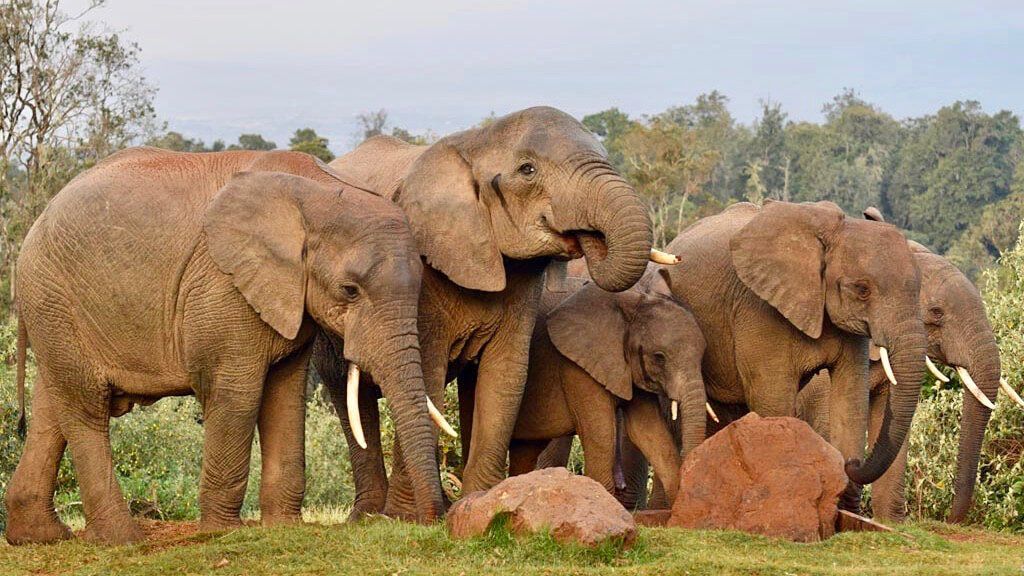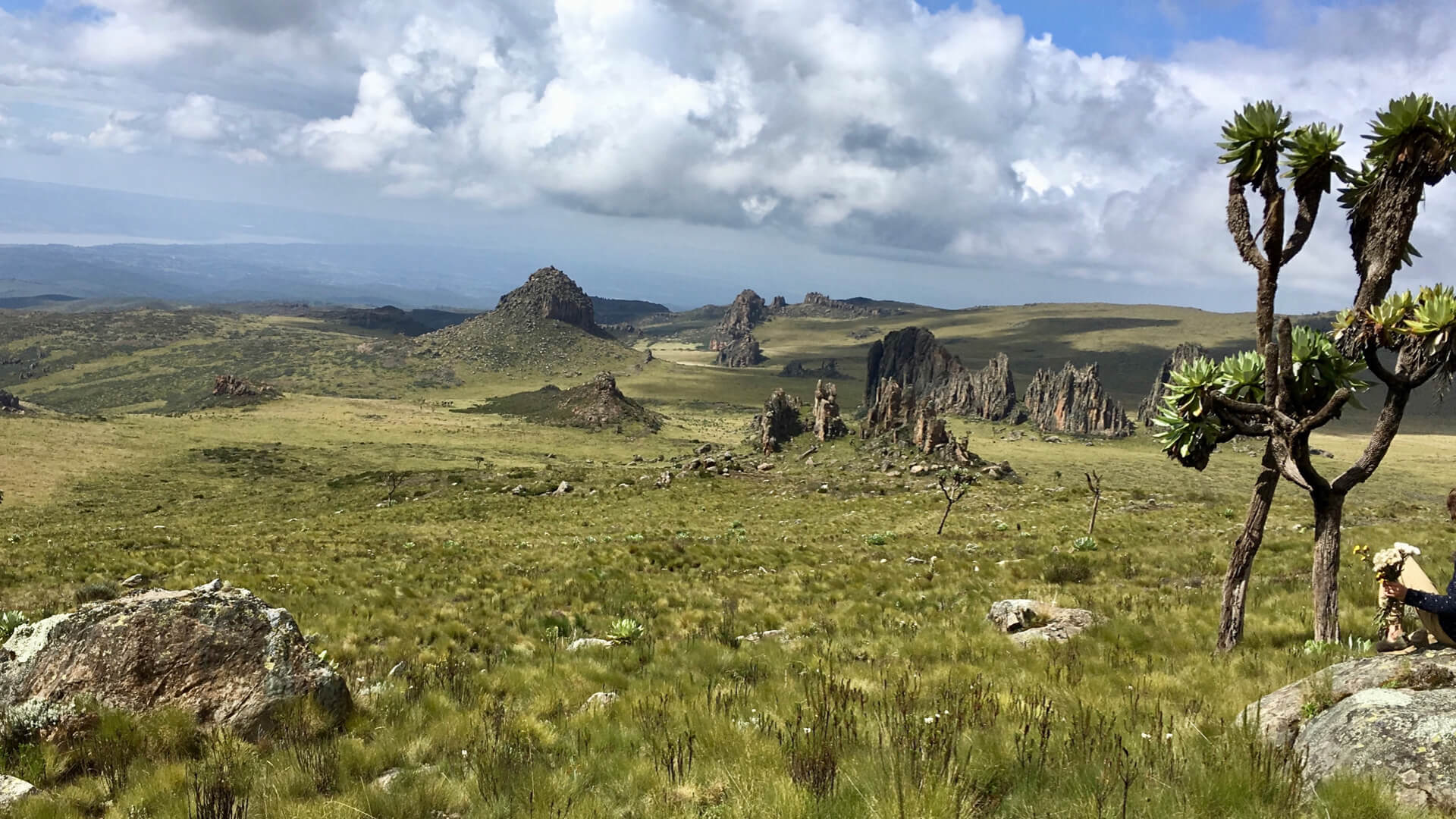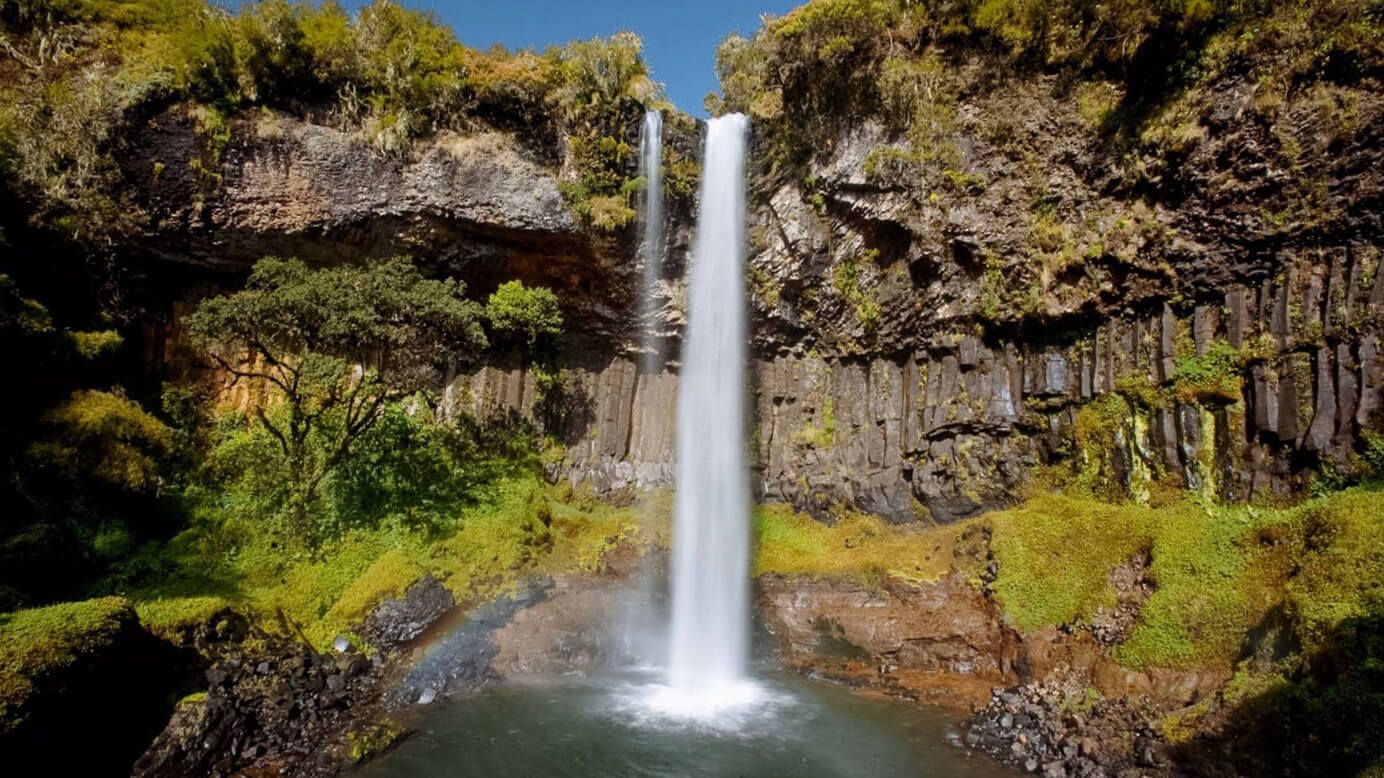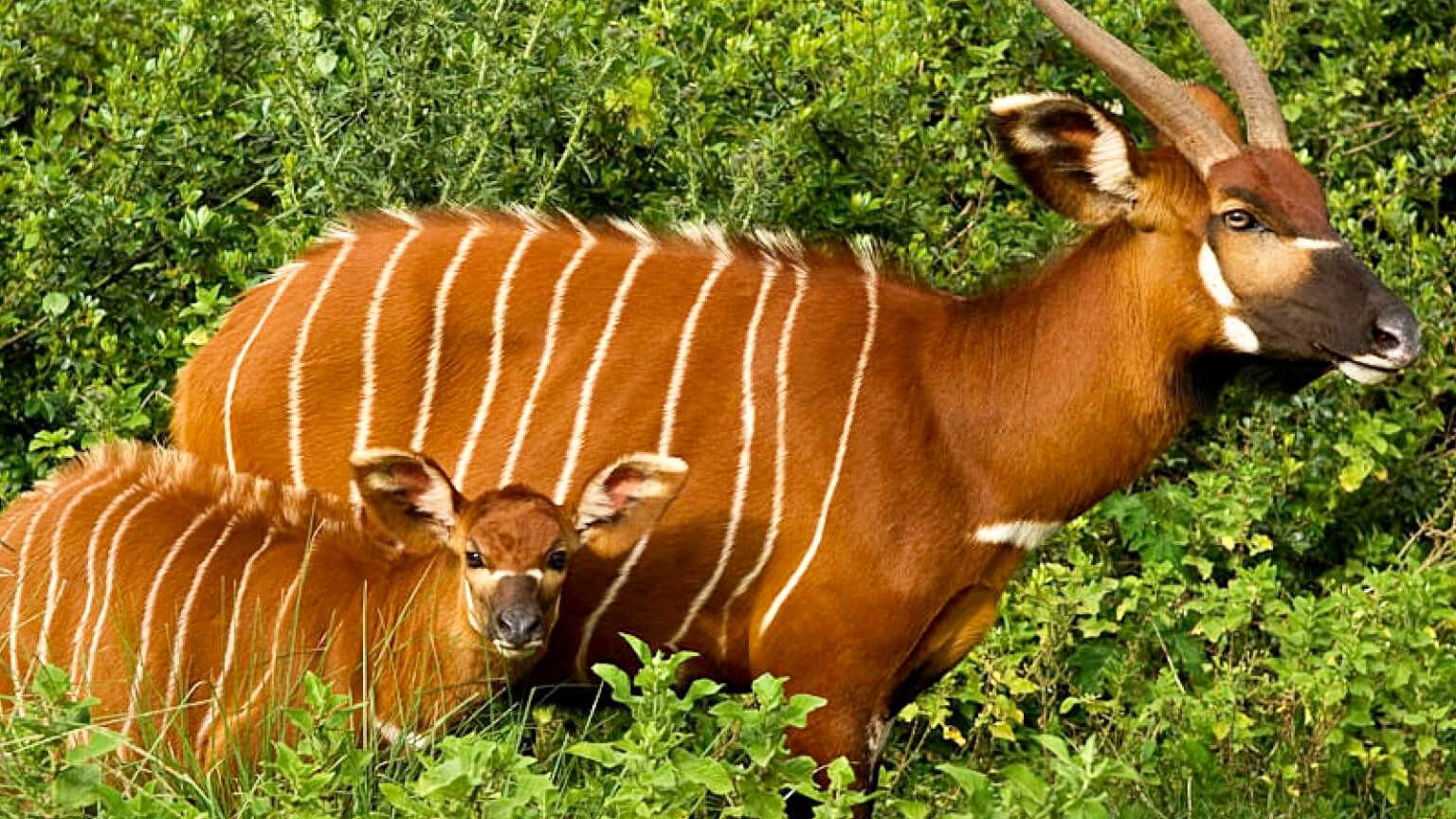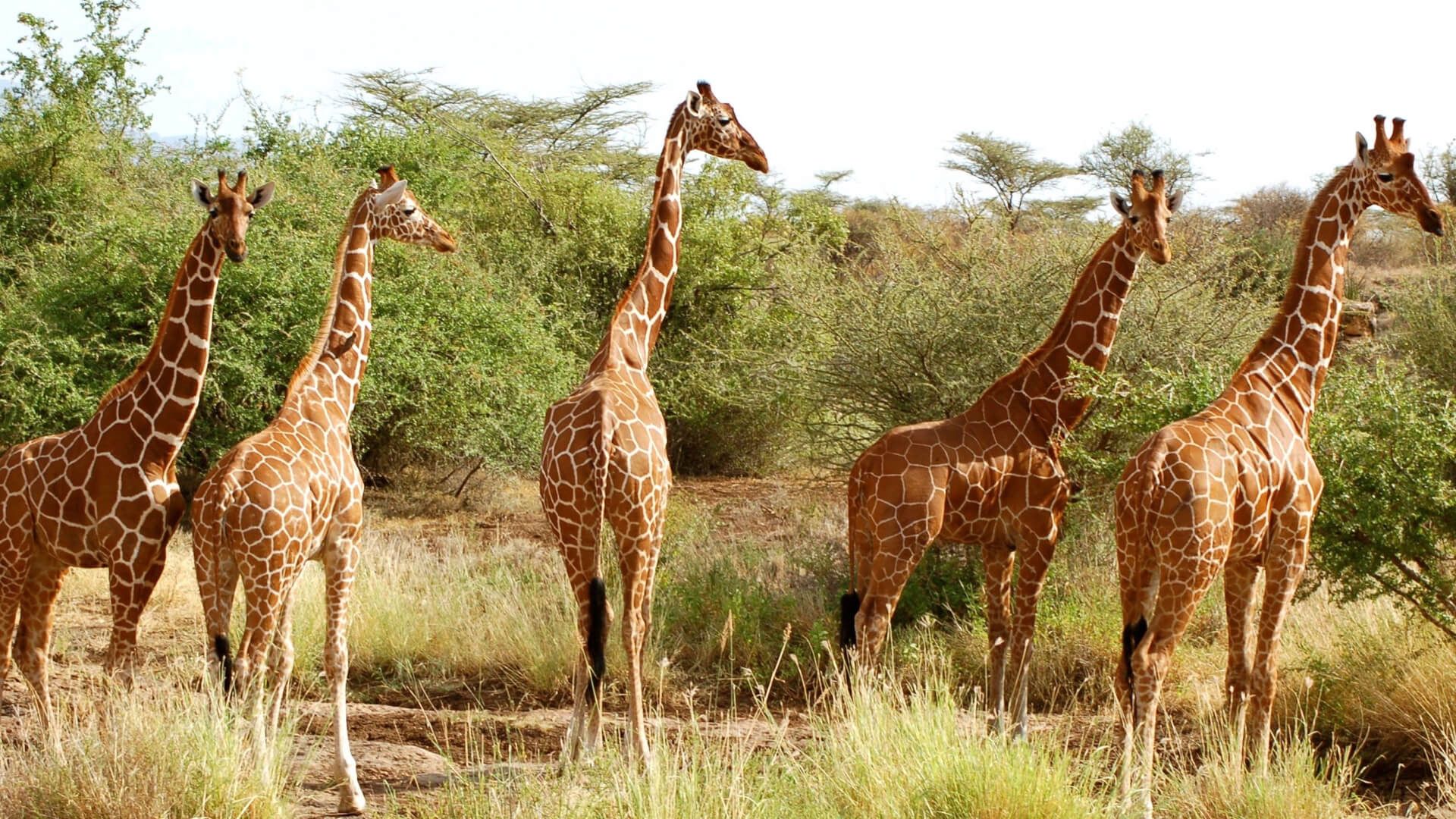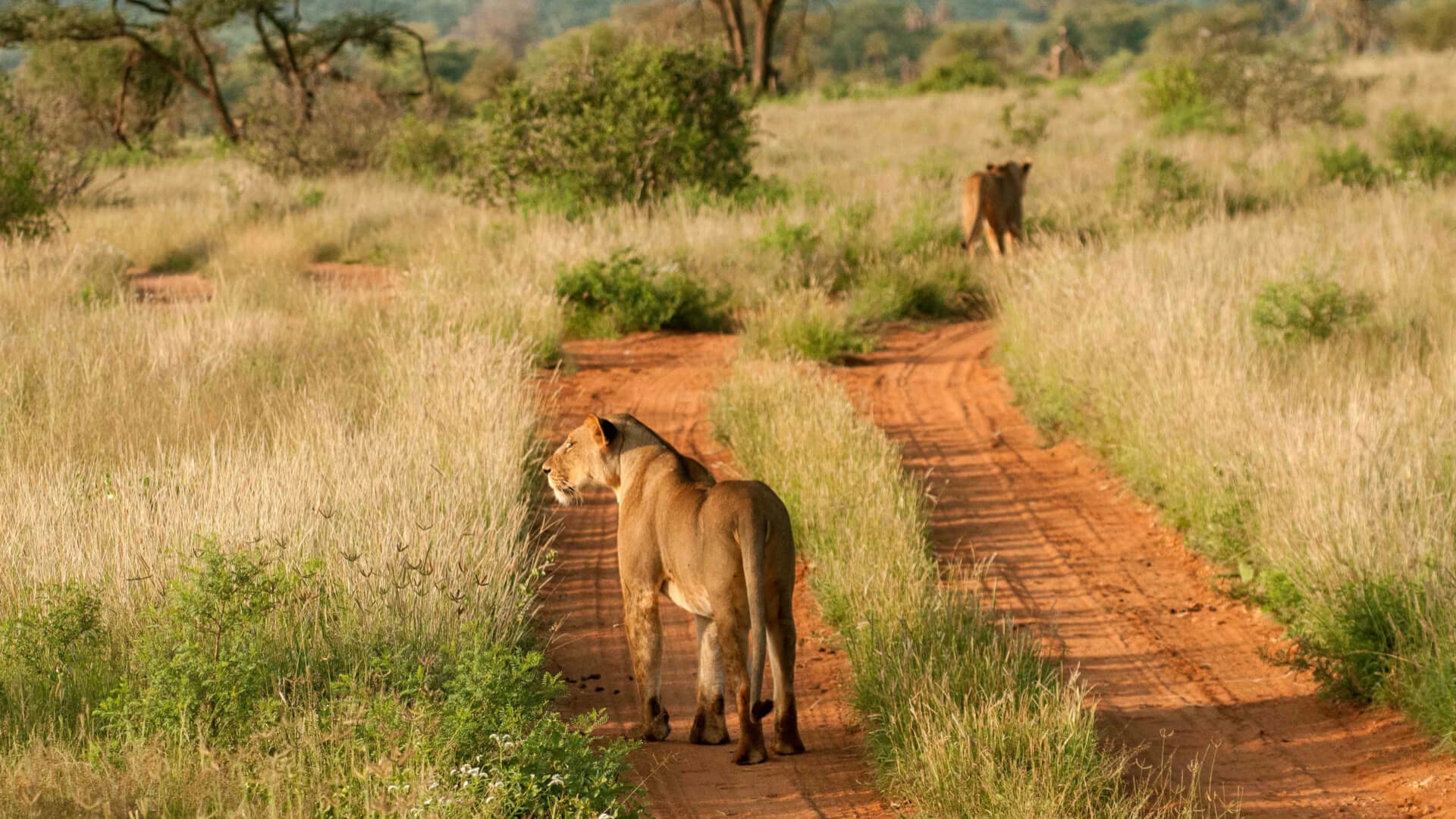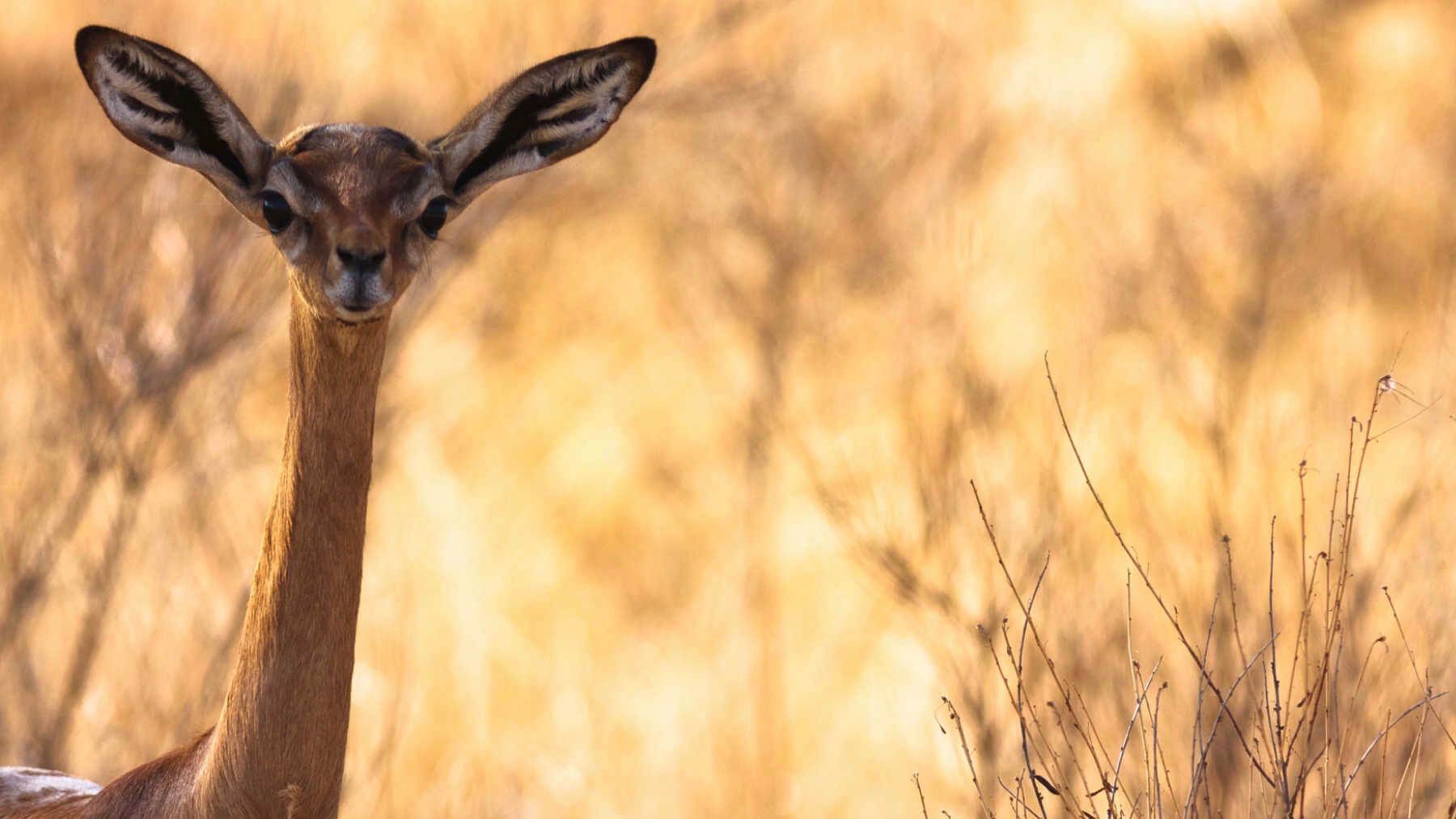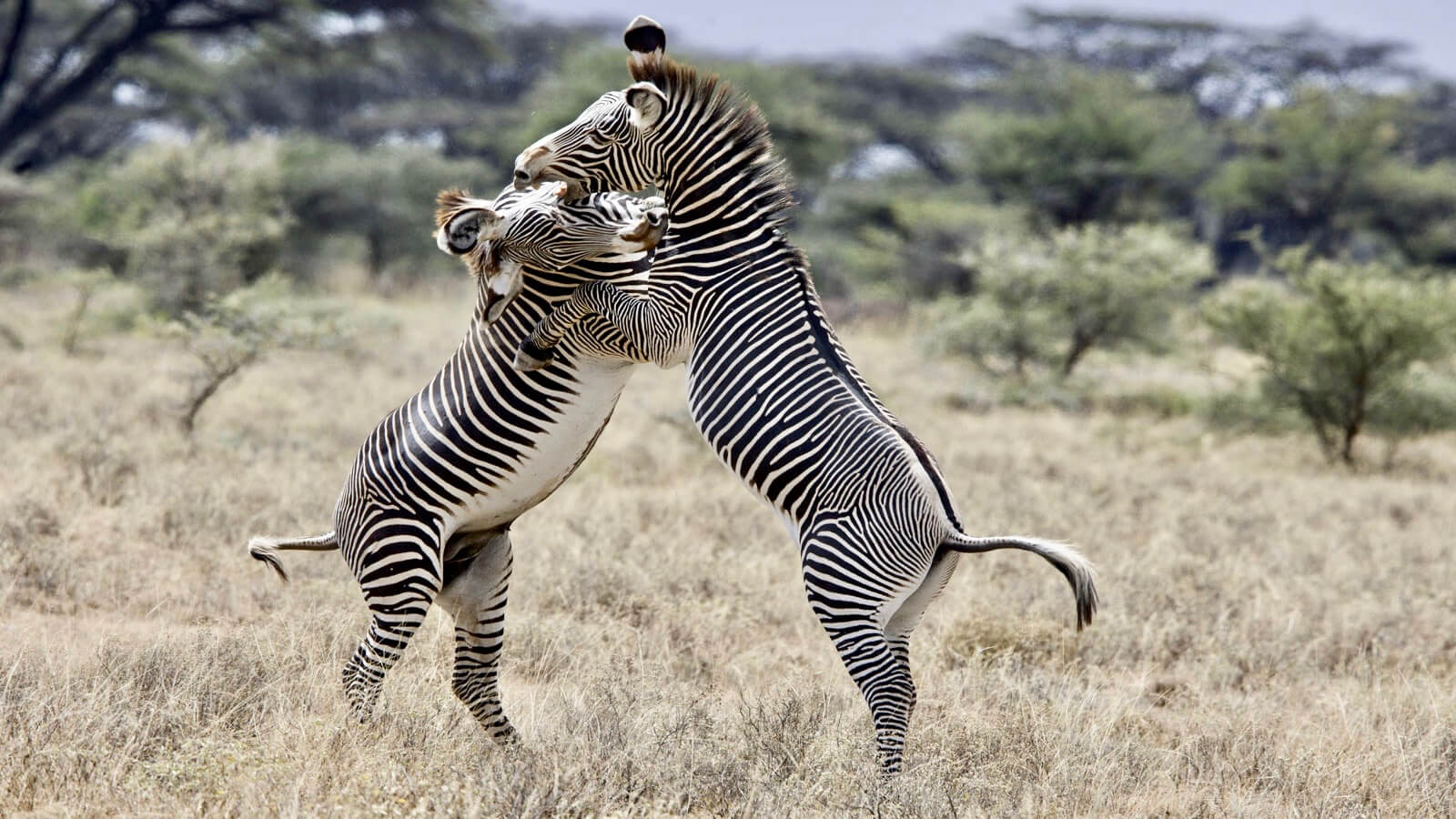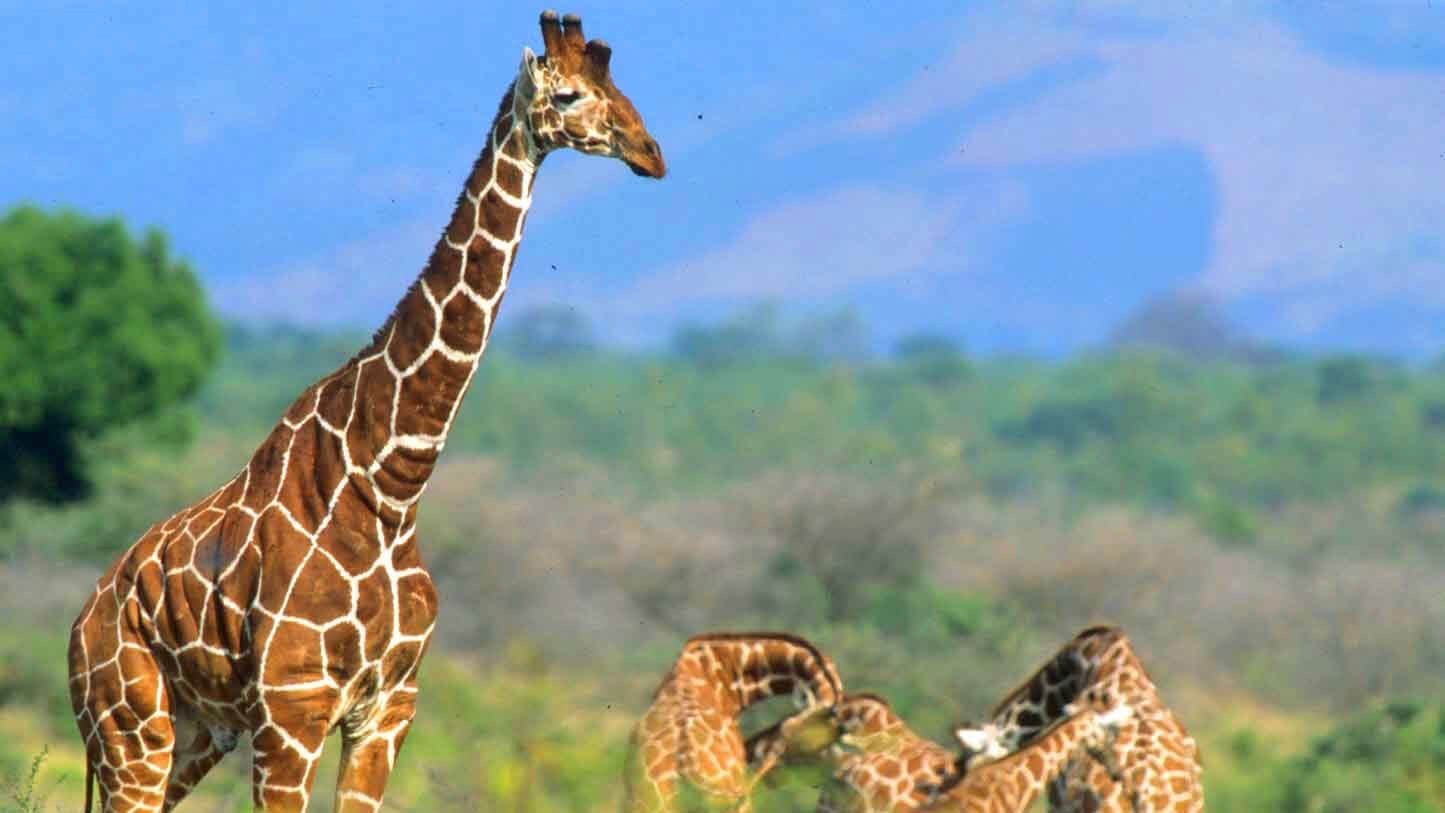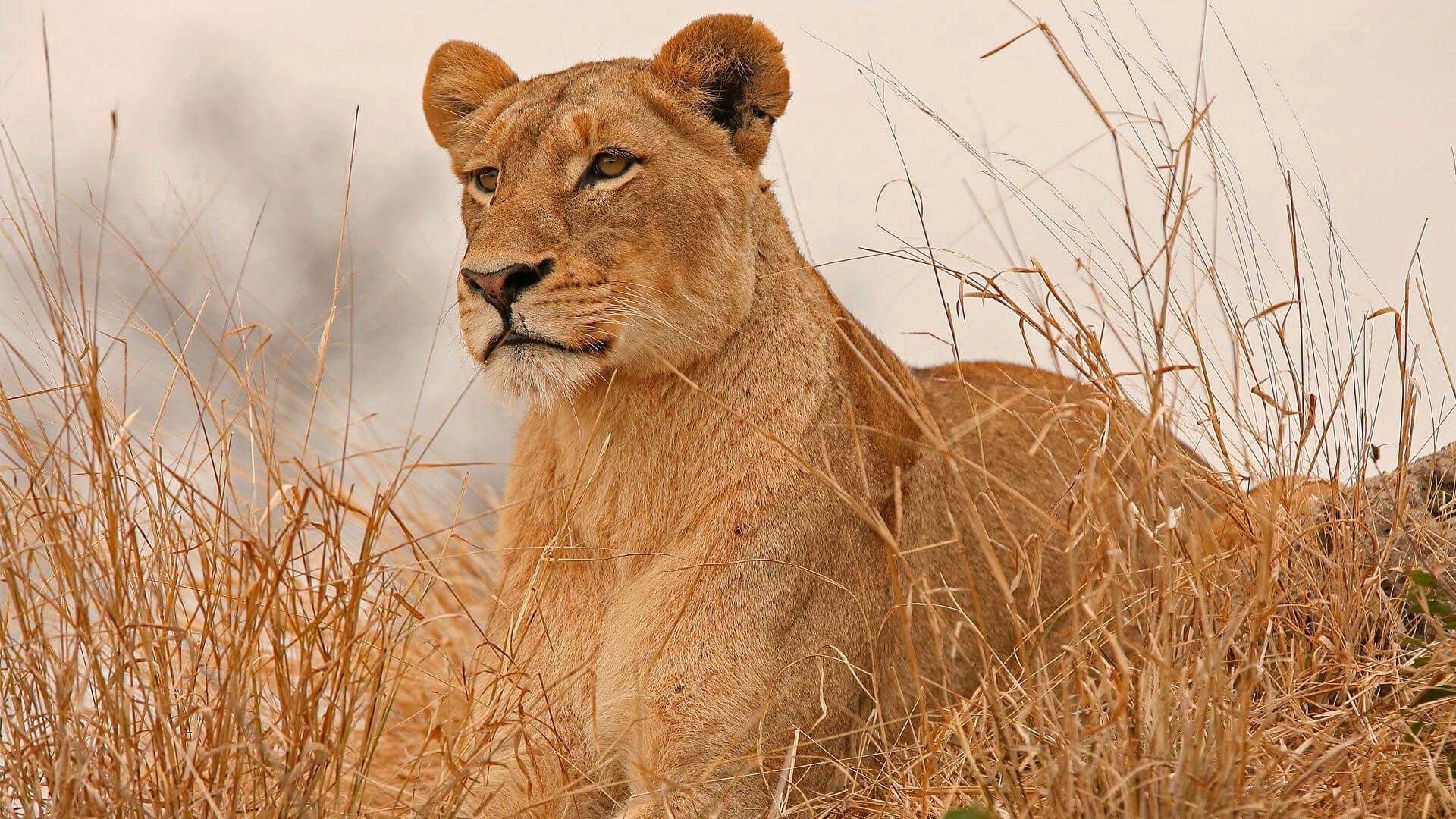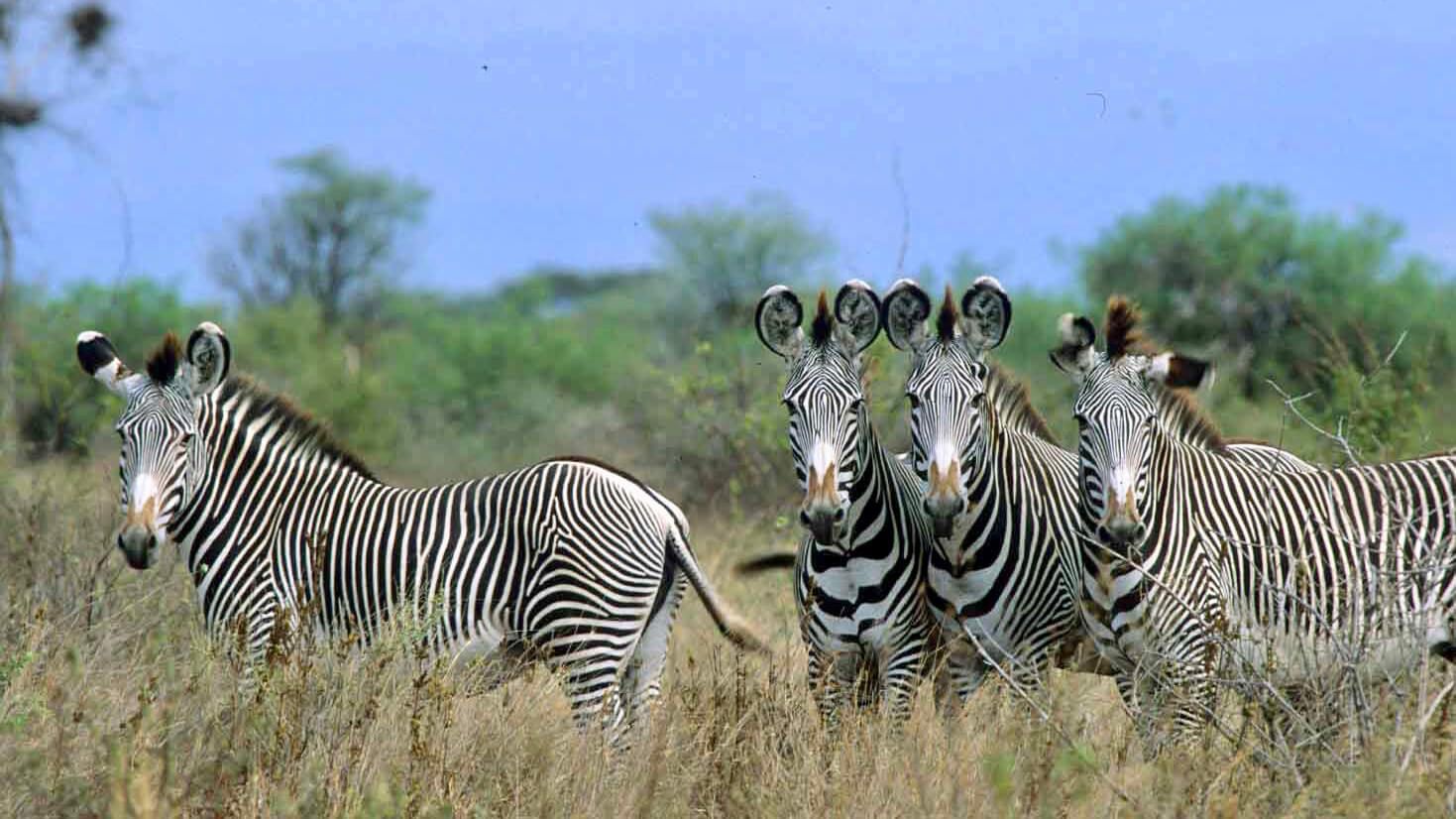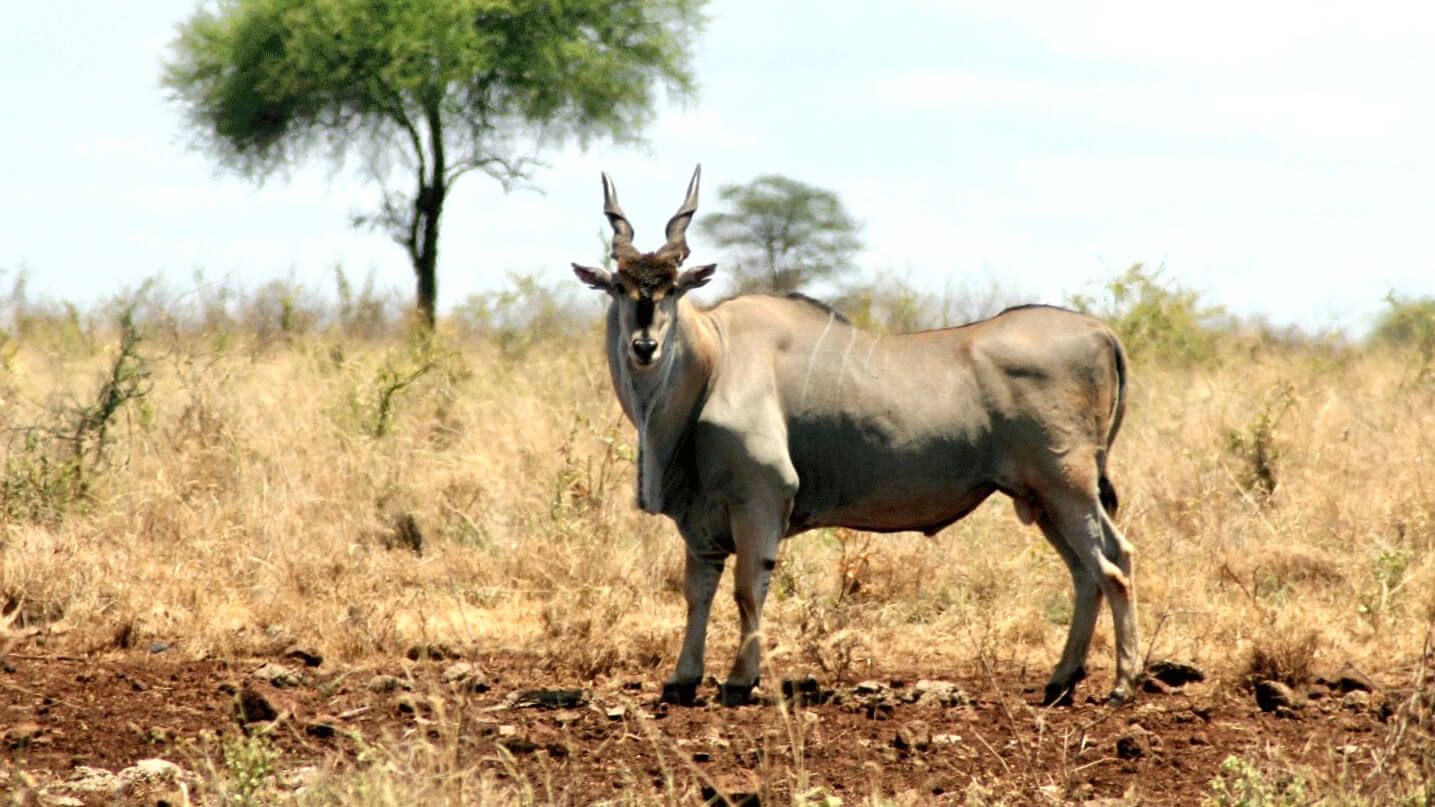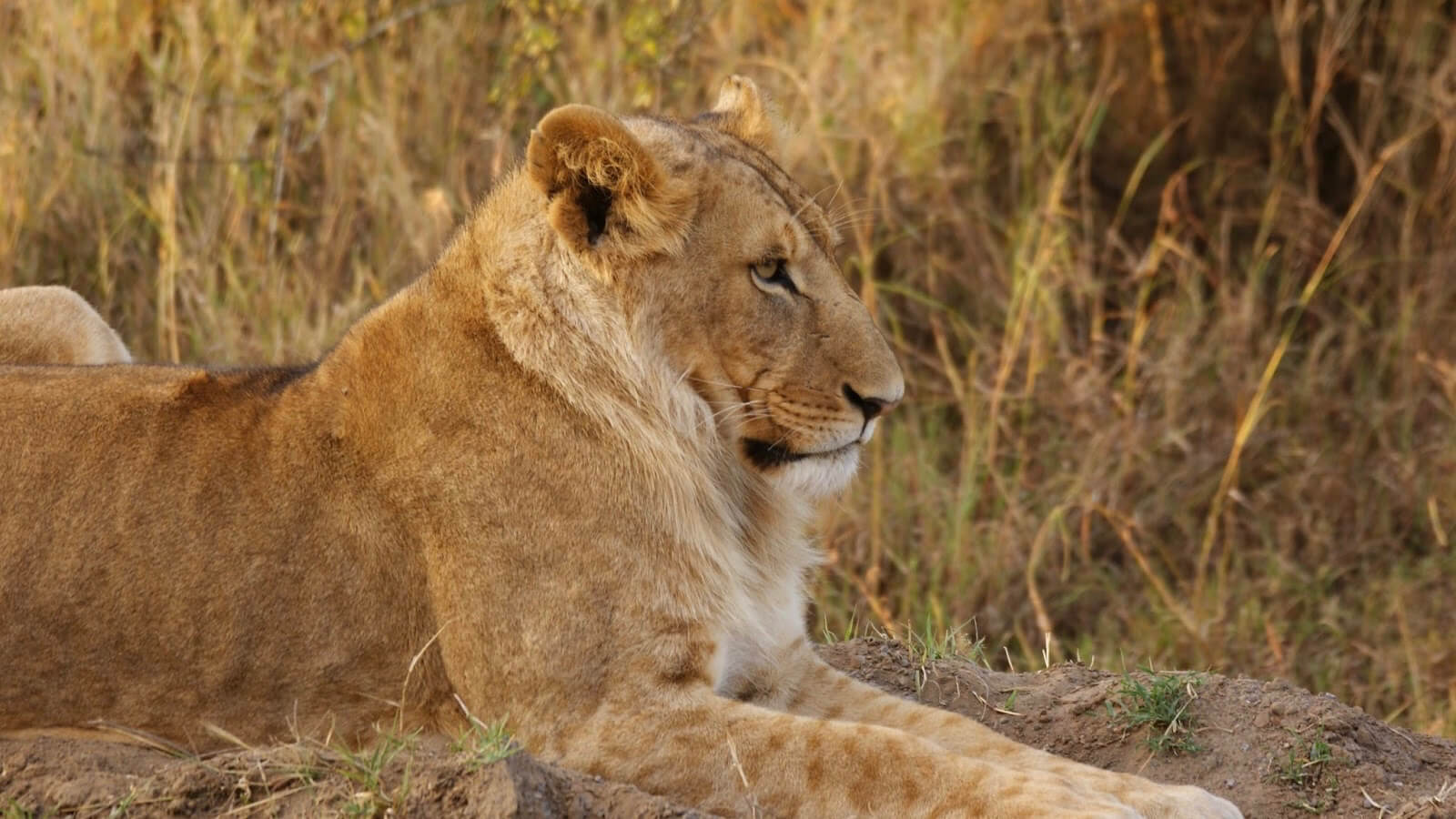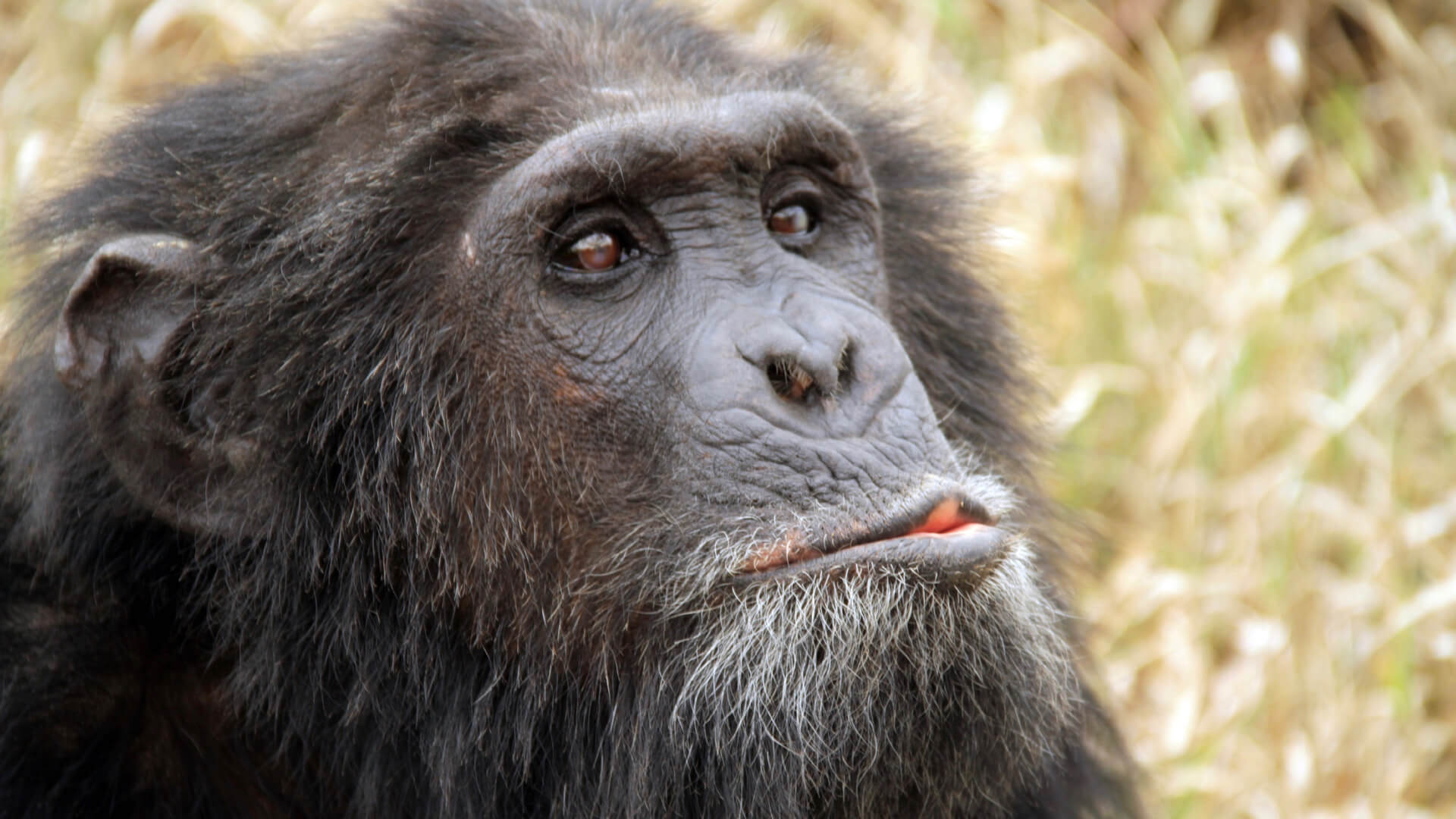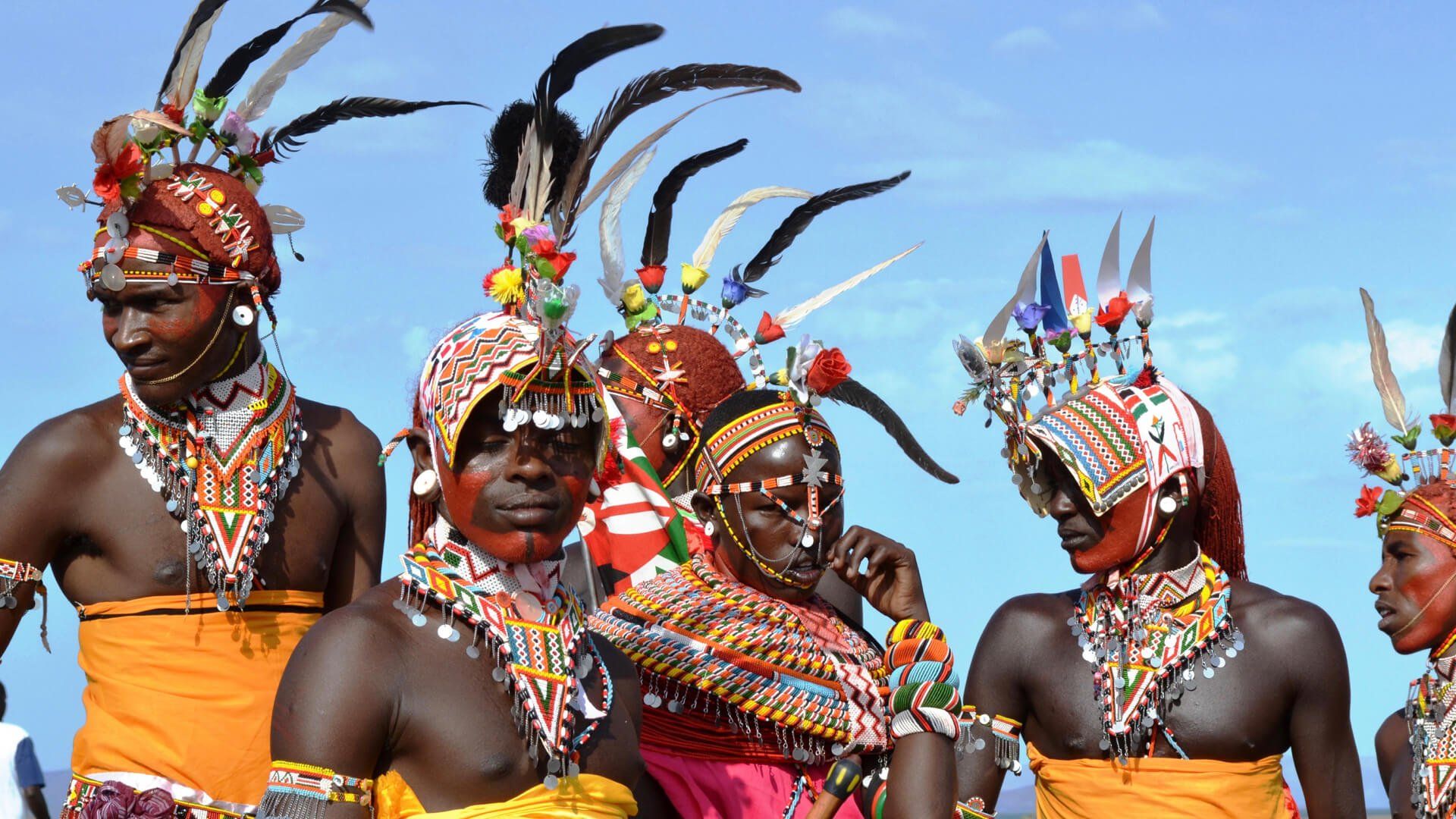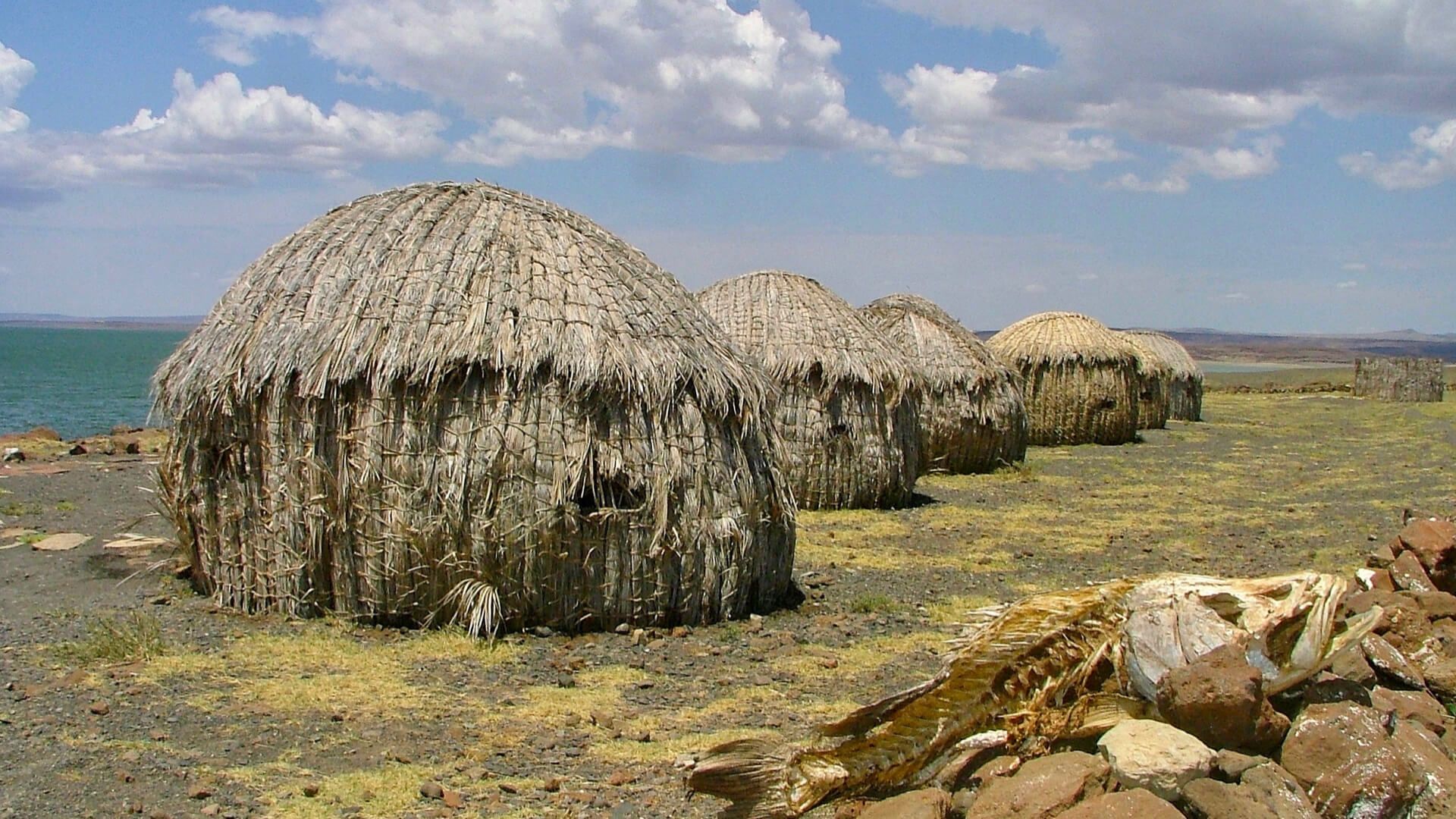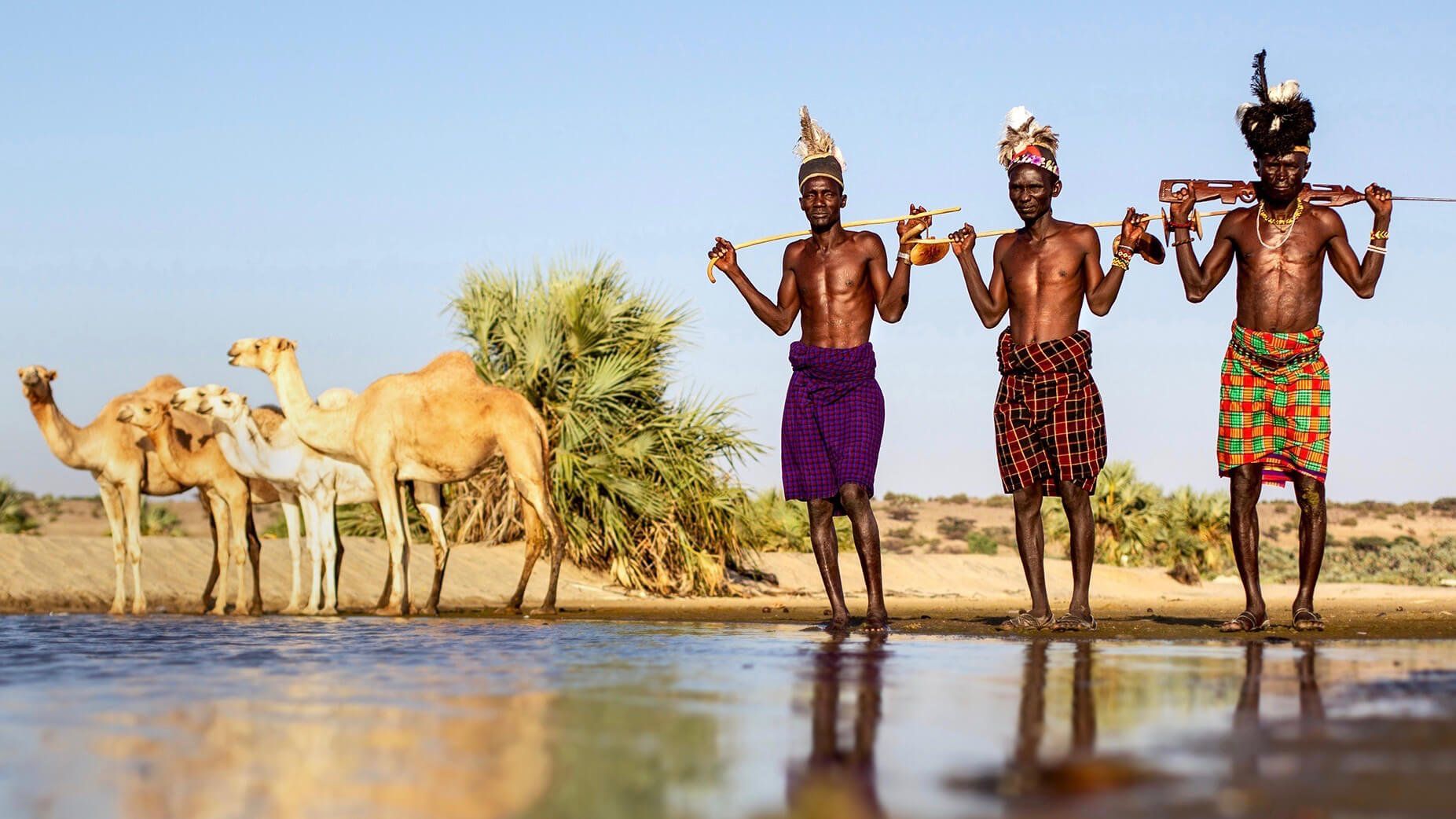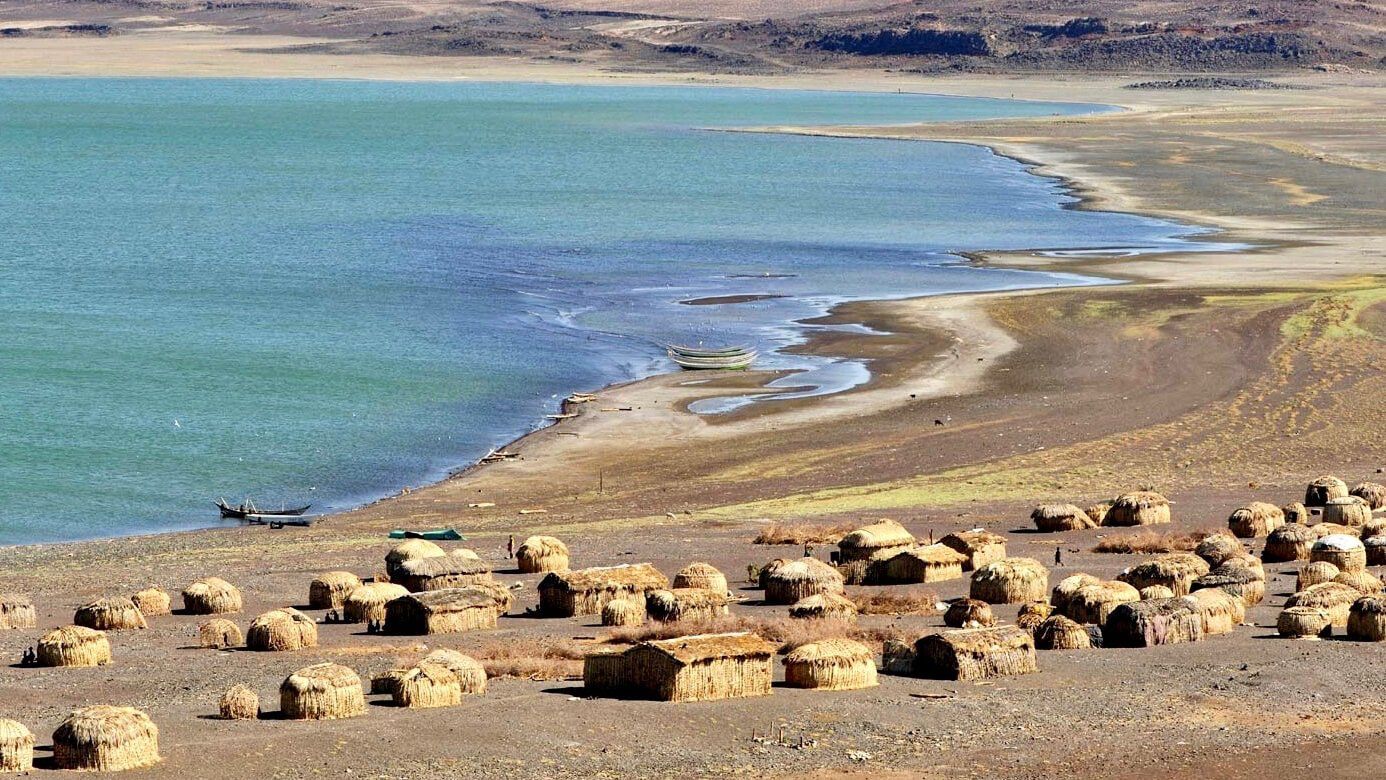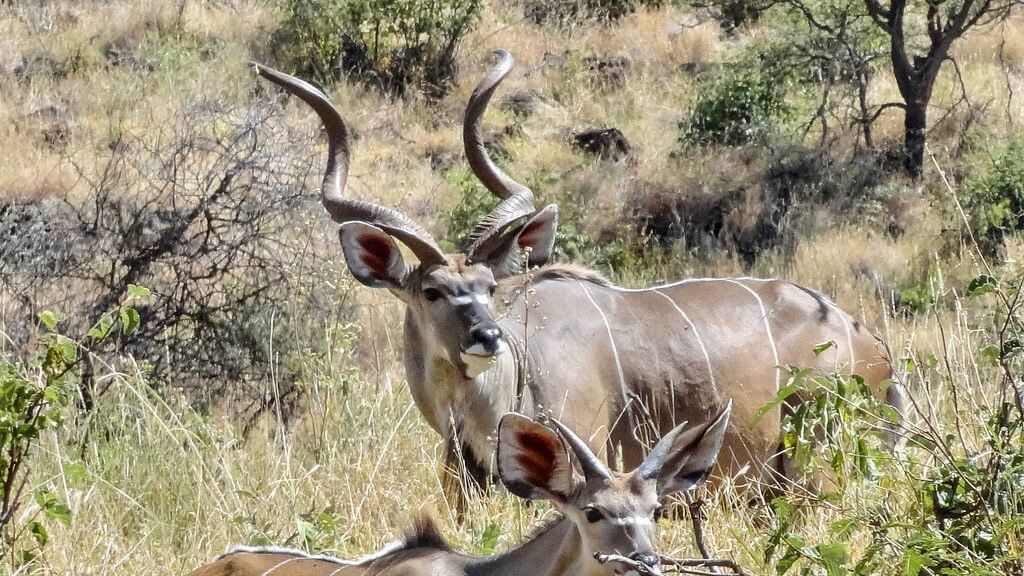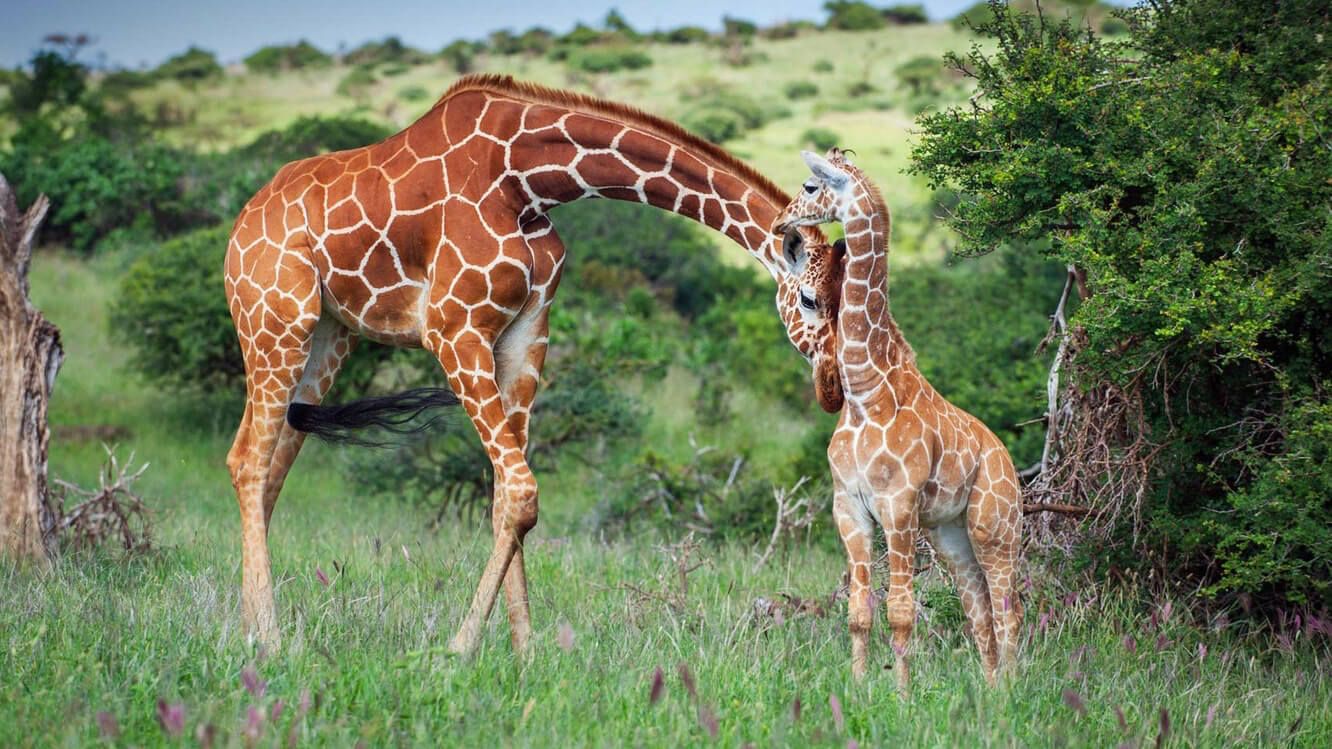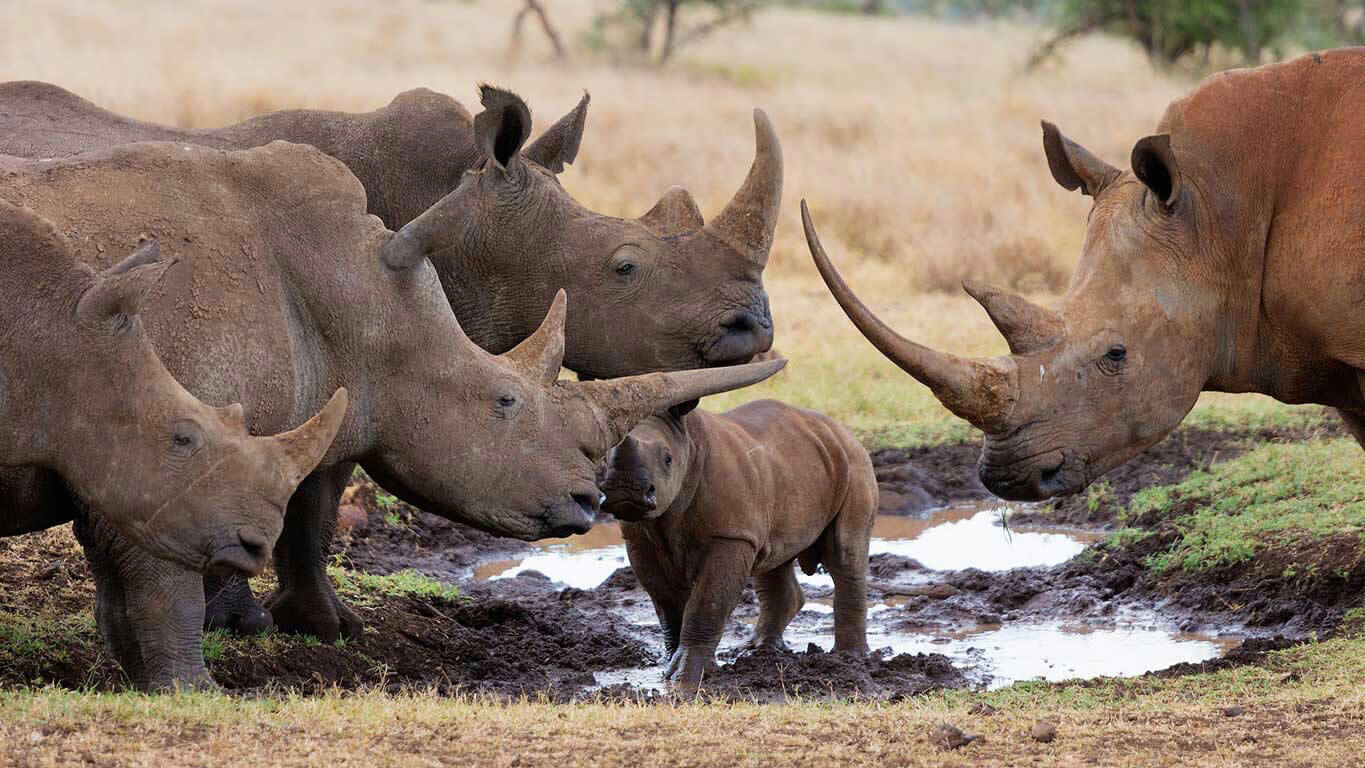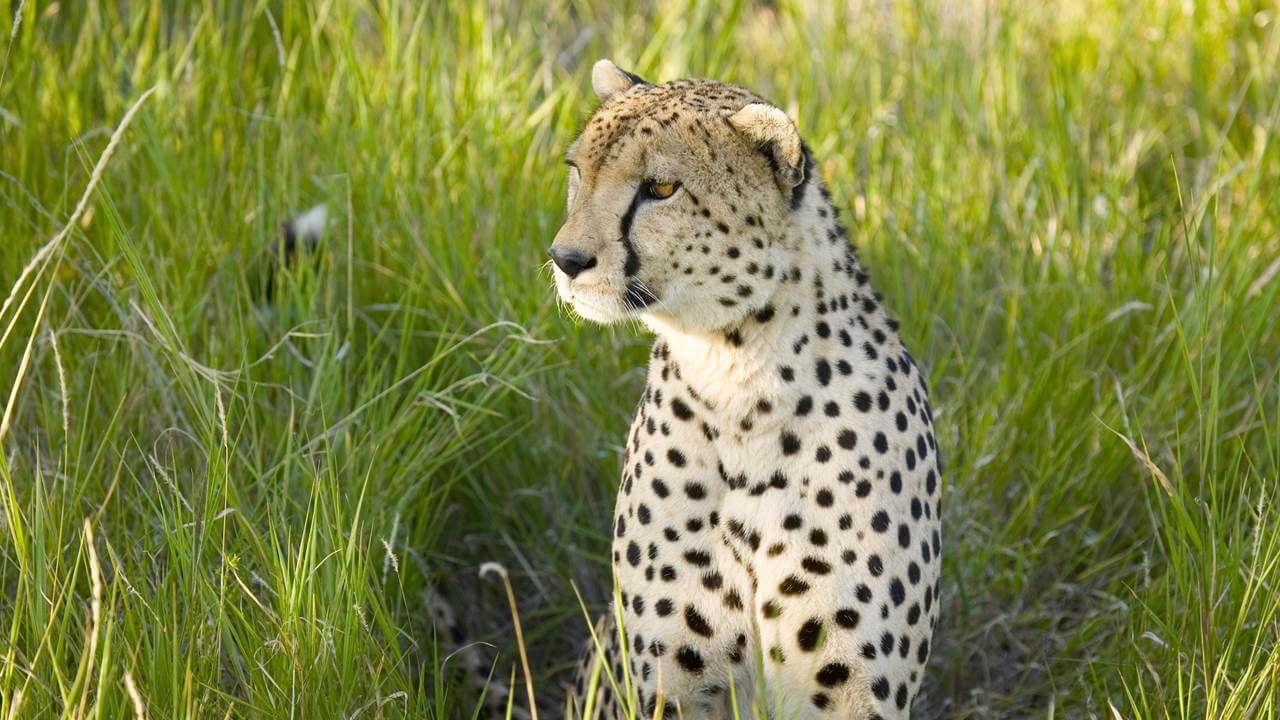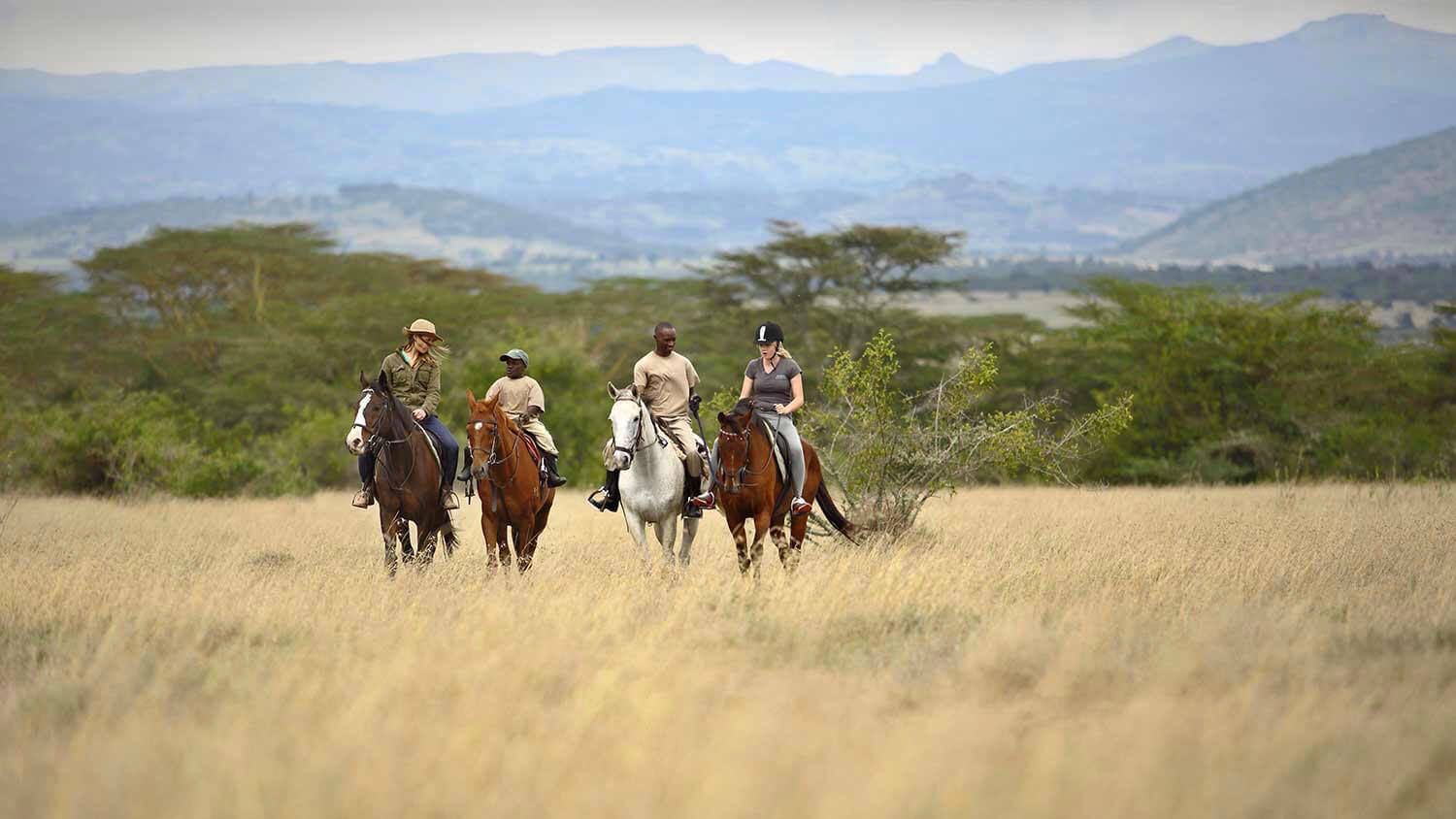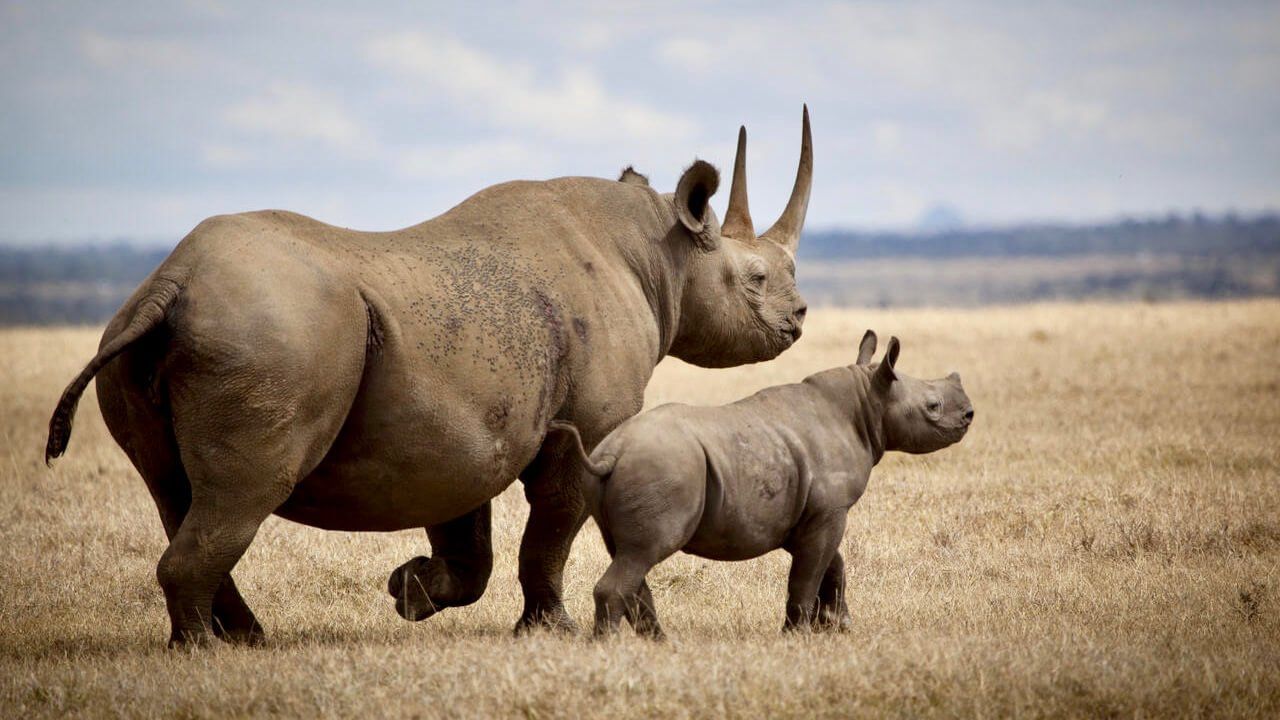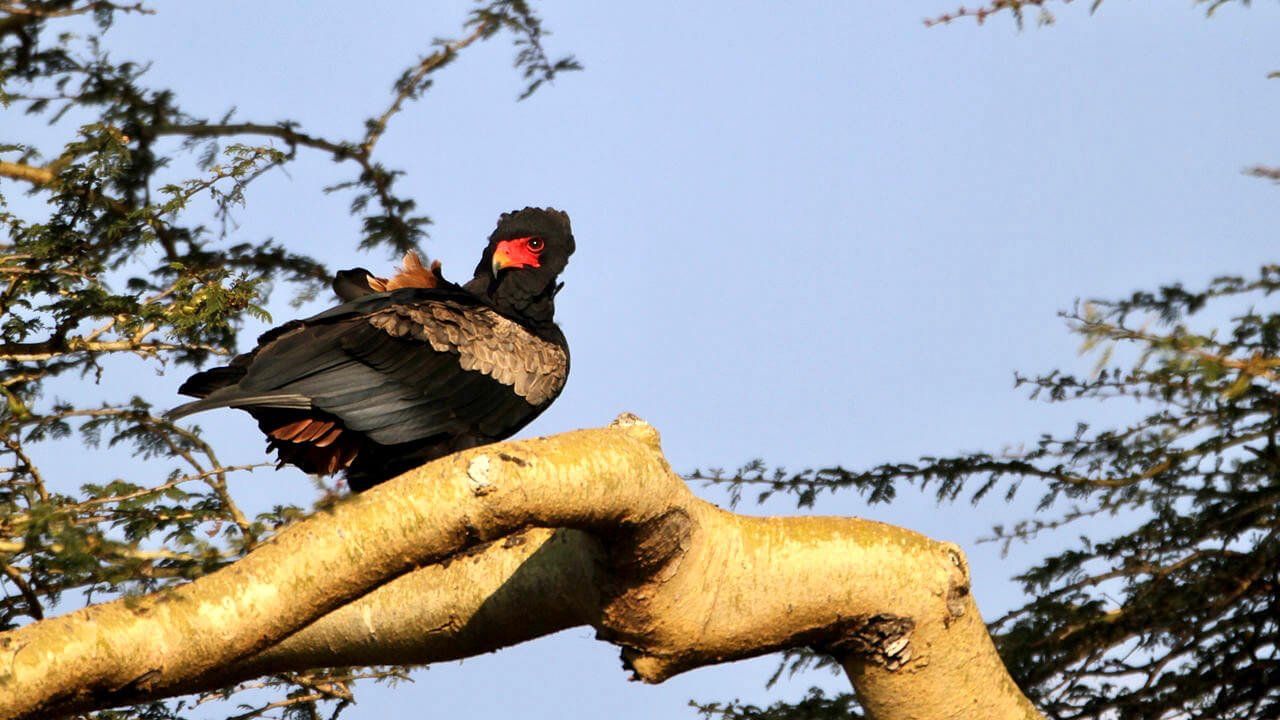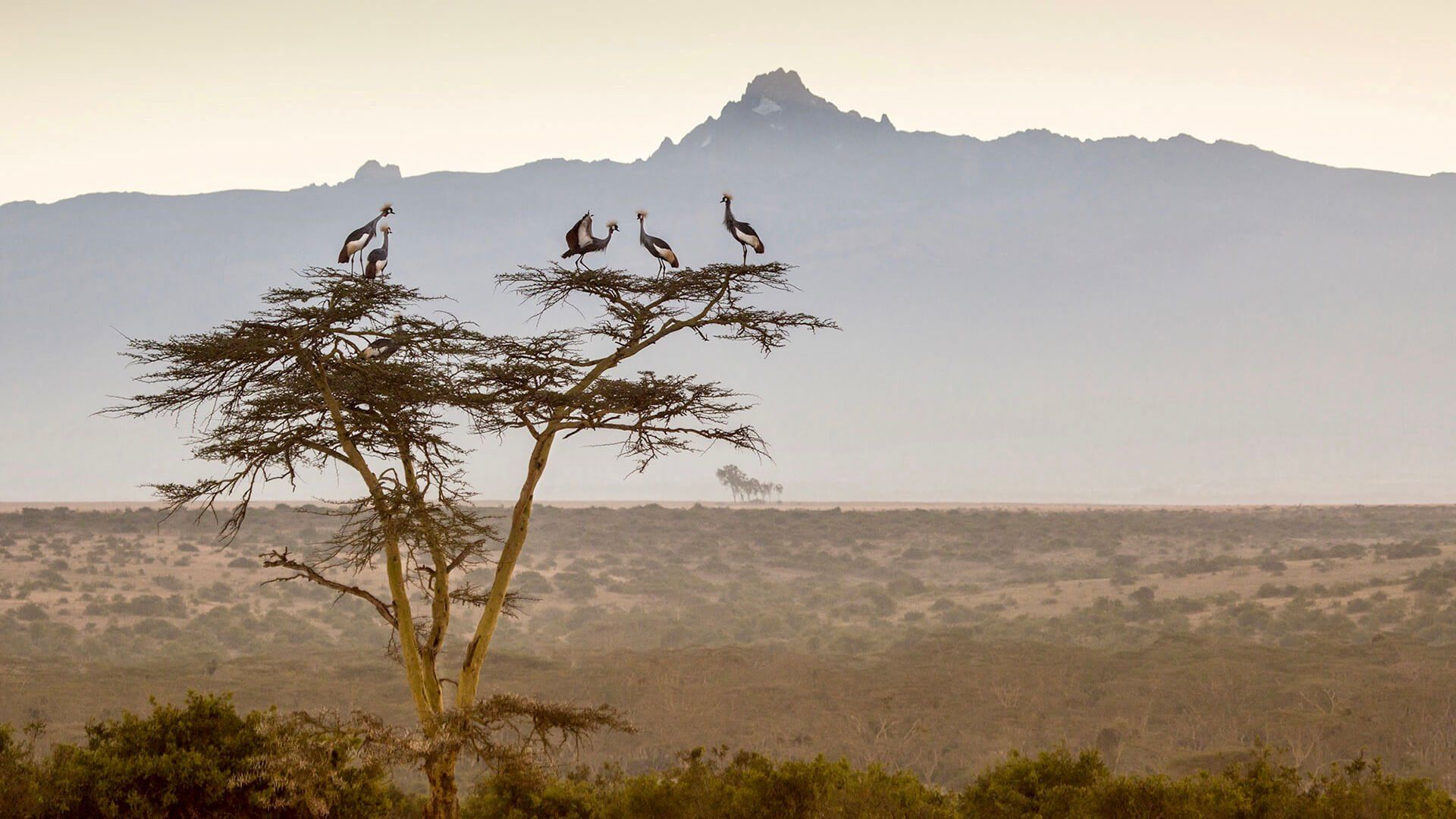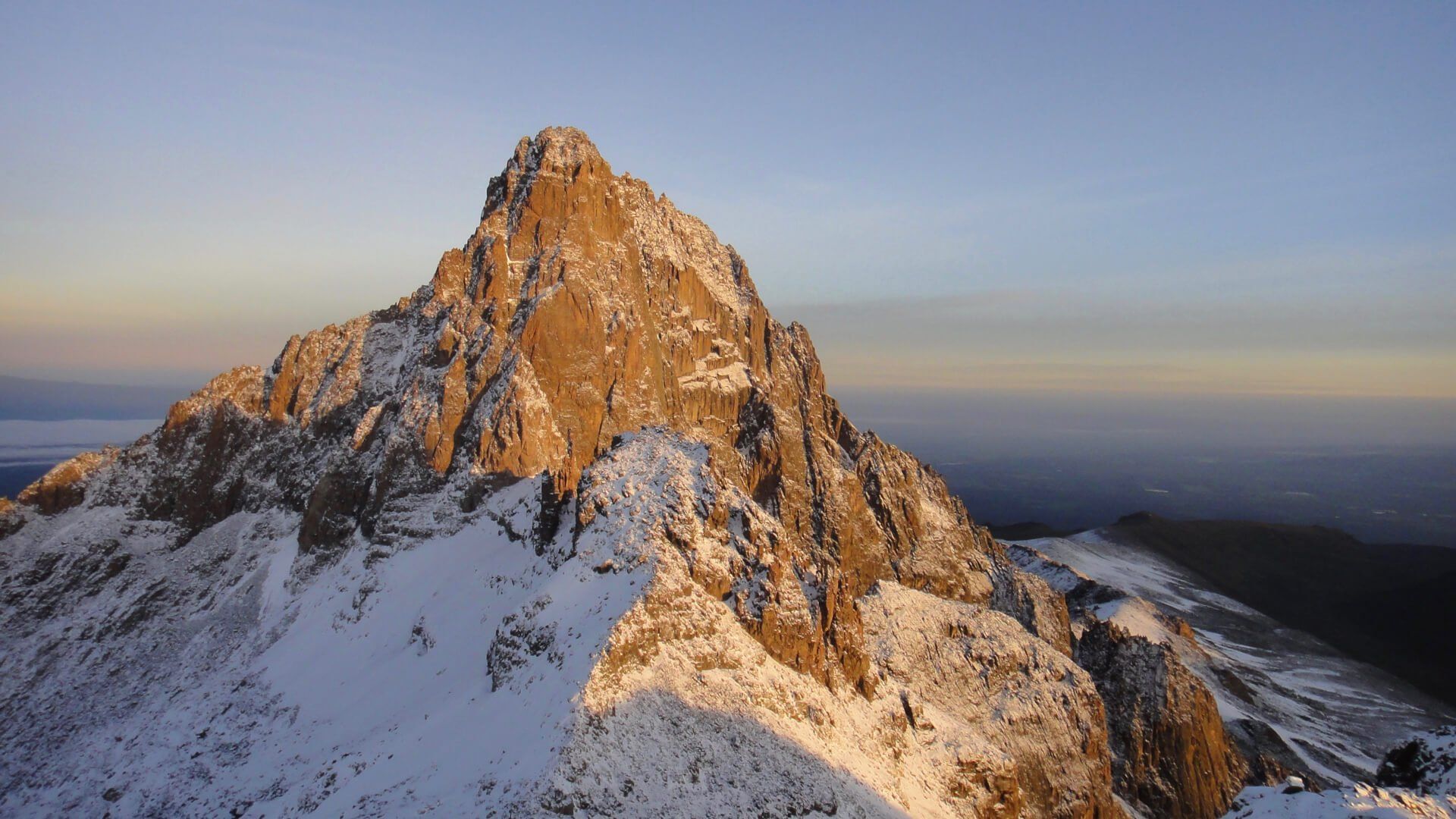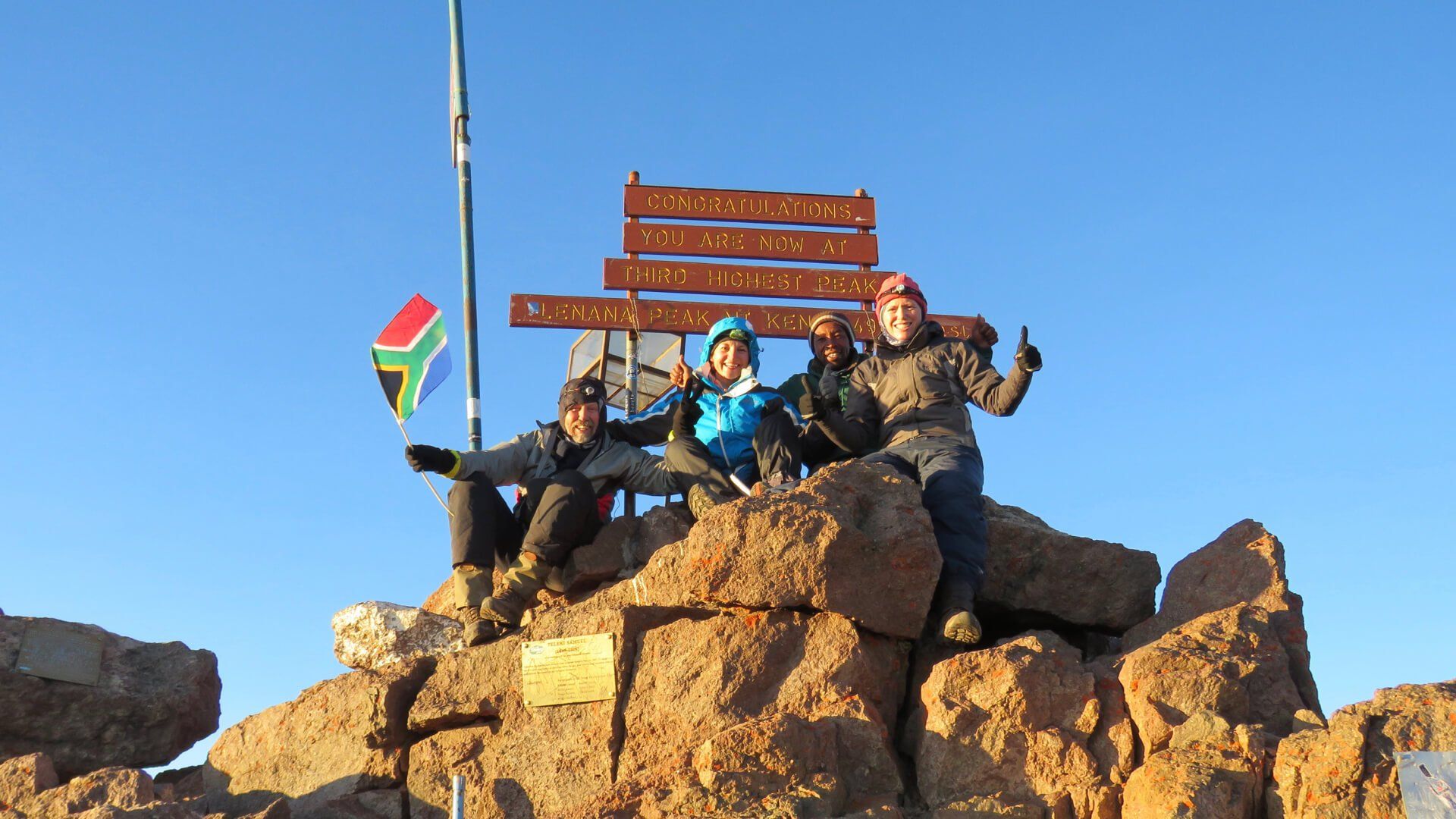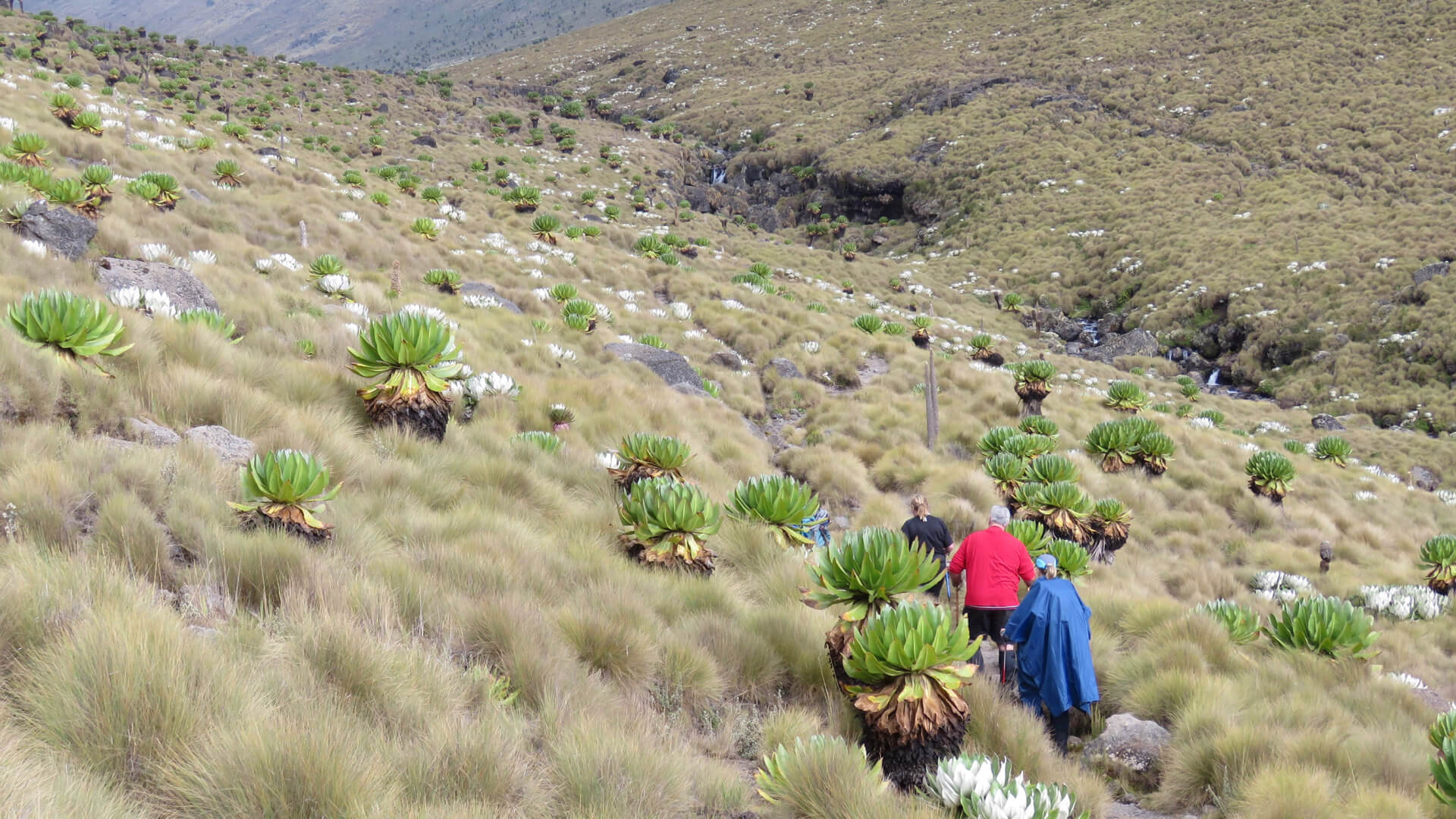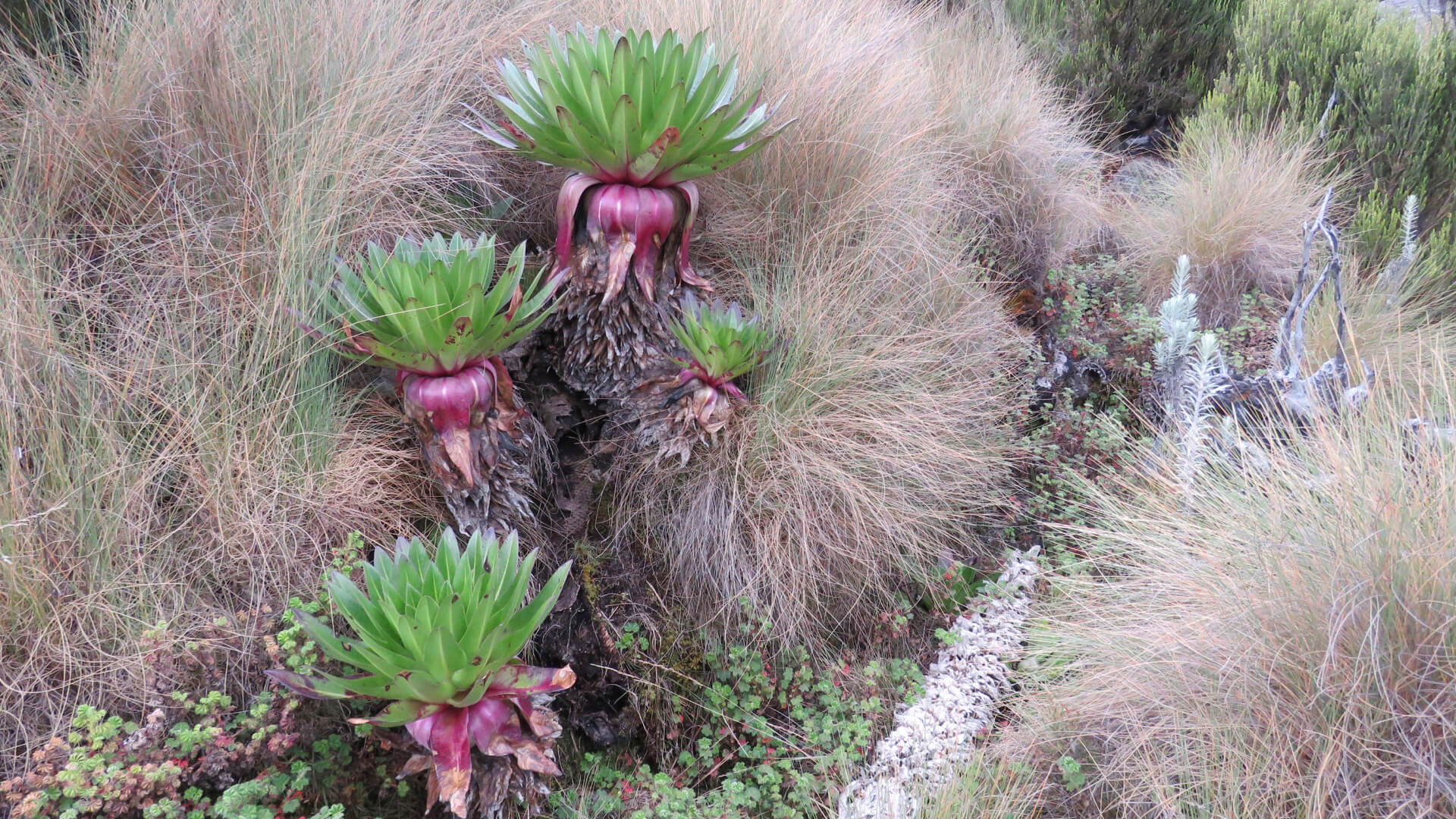KENYA NORTHERN CIRCUIT
Kenya National Parks - North of the Equator
ABERDARE NATIONAL PARK
- BEST TIME TO VISIT
The park is considered to be a year-round safari destination. Aberdare is mountainous with mist and rain throughout the year. The drier months of January and February and June to September offer the most rewarding game viewing opportunities. The rainy season starts in March and ends in May.
- ACTIVITIES IN ABERDARE NATIONAL PARK
HIKING
With its beautiful forests and moorlands, cool climate, sparkling streams and abundant wildlife, Aberdare was made for leisurely walks and serious trekking.
WATERFALLS
The park hosts a collection of renowned waterfalls. The Gura waterfall is 300m high - the steepest fall in Kenya. Other spectacular falls are the Karura-, Chania- and Maraqua falls.
CLIMBING
The viewpoints of Twin Hills, Elephant Hills and Table Mountain offer vibrant vistas and though challenging, are attainable by the average hiker.
TROUT FISHING
Anglers will delight in the rewarding mountain stream fishing opportunities. The park is known for its bountiful stock of brown and rainbow trout.
SAMBURU NATIONAL RESERVE
- BEST TIME TO VISIT
The arid and semi-arid landscape of Samburu National Reserve offers our guests an amazing African wildlife vacation, any time of year. December to March and July to October are the dry months and popular among tourists as wildlife viewing is at its prime.
- ACTIVITIES IN SAMBURU NATIONAL RESERVE
GAME DRIVES
The lush vegetation along the Ewaso Nyiro River attracts plenty of wildlife. There are several weird and wonderful wildlife species endemic to this area such as the gerenuk, oryx, reticulated giraffe, Somali ostrich, and the endangered Grevy's zebra.
BIRDING
The park has over 450 bird species. The lesser kestrel and the Taita falcon are species of international conservation concern and they are both found in the reserve. Other endangered species found here are the African darter, great egret, white-headed vulture, martial eagle and the yellow-billed ox-pecker.
CULTURAL TOURS
Visit the local Samburu villages where you can get a chance to interact with the colorful Samburu people in their traditional setting and experience their culture. This is an excellent opportunity to purchase traditional Samburu souvenirs, art and collectables.
MERU NATIONAL PARK
- BEST TIME TO VISIT
January to March and September to October are the optimum times as the shorter grass allows better visibility and easier game viewing. Outside these months it is still worth visiting Meru for the rhinos and memorable landscape.
- ACTIVITIES IN MERU NATIONAL PARK
GAME DRIVES
You will discover the arid country, punctuated by iconic baobab and doum palm trees and frequented by a large pride of lion, herds of elephants and a good-sized population of rhino.
BIRDING
Over 300 recorded species have made the park their home. Meru has one of the eight species of Kenya Mountain’s endemic bird area and fifty-nine of the 94 Somali-Masai biome species that occur in Kenya. Regionally threatened species recorded here include the martial eagle, African finfoot (an Intra-African migrant), Pel’s fishing-owl, Grant’s woodhoopoe and the saddle-billed stork, known to breed in this area.
OL PEJETA CONSERVANCY
- BEST TIME TO VISIT
Ol Pejeta Conservancy has excellent game viewing opportunities all year round. Wildlife is easier to track during the dry months of June to September and December to February. The park is lusher during the wet season of October to May.
- ACTIVITIES IN OL PEJETA CONSERVANCY
GAME DRIVES
These outings promise excellent game viewing and superb photographic opportunities. Spending some time at the Research and Education centres in the conservancy (Rhino and chimps centres) will enhance your knowledge of the local area and its wildlife.
BUSH WALKS
Learn more about game trails and spoor identification as well as the insects, birds and smaller mammals of Ol Pejeta. The walks are not designed to be strenuous but a reasonable level of fitness is required as you can expect to be walking for around two hours.
VISIT TO JANE GOODALL CHIMPANZEE SANCTUARY
A unique opportunity to learn more about the day-to-day care of the chimpanzees in our care. You see how “feeding time” and enrichment activities are conducted within their enclosures. Chimpanzees are not indigenous to Kenya.
NIGHT GAME DRIVE
Ol Pejeta Conservancy offers night game drives, an activity not available in most national parks and reserves in Kenya. A night game drive offers visitors an opportunity to discover sightings of nocturnal animals including aardvark, white-tailed mongoose, caracal cat and perhaps even the bat-eared fox.
LAKE TURKANA
- BEST TIME TO VISIT
The lake lies in the arid, inhospitable north of Kenya. This is the hottest area of the country with daytime temperatures reaching up to 37°C/99°F. The Lake can be visited at any time, but the scenery is most stunning after the rains, which peaks in April to November.
- ACTIVITIES IN LAKE TURKANA
VISIT CENTRAL ISLAND NATIONAL PARK
Central Island, also known as Crocodile Island, is a volcanic island located in the middle of Lake Turkana. The island has three crater lakes. One is home to tilapia fish, the other contains thousands of flamingos and the third lake has an abundance of crocodiles. Central Island is an important breeding place for crocodiles and has a diverse fauna. You can explore the island on foot. It takes only about one hour to climb to the highest point and enjoy unrivalled views over Lake Turkana. This is the ultimate location for bird lovers and it offers vast landscapes and serenity.
TURKANA CULTURAL FESTIVAL
Thousands of people from Turkana flock to the annual Turkana Tourist and Cultural Festival, which is held at Ekaleez Centre on the fringes of Lodwar. The festival program is diverse and comprises of the display of traditional Turkana houses, a market with traditional products such as beadworks and woven baskets and most important, a popular stage program. Dance troupes from all over Turkana display their artistry and various famous Kenyan singers boil up the crowd.
BIRDING
The area around the lake is rich in birdlife. There are more than 350 species of resident and migratory birds dependant on water from the Jade Sea. Examples of birds found here include little stint, wood snipper, sand pipper, African skimmer, white-necked cormorant and Heuglin’s Bustard that nests east of the Lake.
CULTURAL EXPERIENCES
Lake Turkana is a source of life for some of Kenya's most remote tribes. The Turkana tribe live a semi-nomadic existence around the Lake. The country's smallest tribe, the El Molo, live a hunter-gatherer existence on the shores and their villages consist of distinctive rounded reed huts. Each of the tribes found in this area has adapted to the harsh environment, adopting critical skills such as deep lake fishing, wild fruit and honey gathering, cattle and camel herding.
LEWA WILDLIFE CONSERVANCY
- BEST TIME TO VISIT
January to March and September to October are the optimum times as the shorter grass allows better visibility and easier game viewing. Outside these months it is still worth visiting Lewa for the rhinos and memorable landscape.
- ACTIVITIES IN LEWA WILDLIFE CONSERVANCY
GAME DRIVES
With strict limits on tourism numbers within the Conservancy, guests can enjoy an almost private game viewing experience. Although a vast area, the conservancy is fenced, specifically to protect the rhinos. Game drives are outstanding and you can expect to see plentiful rhinos, elephants, buffalos, the rare Grevy Zebra and resident predators, all to a backdrop of the beautiful snow-capped Mount Kenya.
GUIDED WALKS
Explore the African bush on foot with your experienced guide and tracker. This is a fantastic opportunity to experience a different perspective, away from the noise of a safari vehicle.
HORSE OR CAMEL RIDING
With horse riding, you can get very close to plains game as they see you as one of their own. Horse riding is for experienced riders only. Although it is a gentle walk on very well-behaved horses, you are in the wild and your riding skill will be tested if you come in a situation where the horses are spooked. Lewa also offers camel rides. It is a good alternative to horse riding because it doesn’t require riding skills. Camels are led by Samburu handlers and it is a picturesque experience.
CULTURAL VILLAGE VISITS
Visit one of the local Samburu homesteads. The Samburu live in semi-permanent huts known as Manyattas and it is the role of the wife to construct the hut from cattle dung and grass. Families will show you around their homes and you will have the opportunity to buy traditional handicrafts from them.
SOLIO GAME RESERVE
- BEST TIME TO VISIT
Solio has excellent game viewing opportunities all year round. Wildlife is easier to track during the dry months of June to September and December to February. The park is very lush during the wet season of October to May.
- ACTIVITIES IN SOLIO GAME RESERVE
GAME DRIVES
You will have every chance to view black and white rhinos, leopards, lions, cheetahs, buffalos, zebras, giraffes, warthogs and many other endemic species.
BIRDING
The Solio reserve is an ideal place for bird watching. The acacia forest in the middle of the reserve turns into a swamp-like area at times. This habitat is a paradise for birds. Among the more than 300 species found here are European rollers, flycatchers and birds of prey like vultures, eagle owls, Montagu's harriers, long-crested eagles and buzzards.
NIGHT GAME DRIVES
Despite a concerning decline of lions in Africa, the lion population in the Solio Reserve has managed to stabilise itself in the last few years. Night game safaris into the Solio Reserve gives you the chance to observe these big cats and other animals. Cheetahs, lions, hyenas and leopards are mainly nocturnal hunters, which can make night observations an exhilarating experience.
MOUNT KENYA NATIONAL PARK
- BEST TIME TO VISIT
The best time to climb Mt Kenya is during the warmest and driest months – January, February and from June to September. Temperature and weather are quite unpredictable and can change drastically according to the time of day and altitude. It is best to avoid the long rainy season, from the end of March to early June and the short rainy season, from November through the beginning of December.
- ACTIVITIES IN MOUNT KENYA NATIONAL PARK
THE THREE PRINCIPAL TREKKING ROUTES ON MOUNT KENYA:
- Naro Moru route (4 days) - 40km: This is the fastest route, but it is not as scenic as the others. The Naro Moru route's steepness and direct approach to the peak make it more challenging to acclimatise on than others. However, the itinerary offers plenty of time for a safe and successful ascent and descent. The Naro Moru route features the legendary "Vertical bog", a steep quagmire of wet moorland that is extremely taxing and unpleasant after rains.
- Chogoria route (5 days) - 92km: The route passes the enchanting Hall Tarns and looks down on sheer cliffs into the spectacular Gorges valley and the beautiful Lake Michaelson. The Chogoria route is the most scenic route and provides access to the beautiful Point Lenana. The rainforest zone found above the habitable altitude has abundant tree species and wildlife. Further up is open moorland and beyond is the snow line where vegetation is scarce.
- Sirimon route (4 days) – 53km: A more gradual trek to the summit, traversing areas of rich forest cover before emerging into the sprawling moorlands. The trail climbs up through an astonishing Yellowwood forest that gradually turns into moorland covered with giant heather. At Old Moses Hut, the main track becomes a path that gently leads uphill before splitting into two routes. The vegetation becomes less dense and you will see giant lobelia and amazing groundsels.
POPULAR ROUTE COMBINATIONS:
- Chogoria / Naro Moru route (5 days) – 92km: This is a beautiful route that ascends on the dry side of the mountain before climbing up through the forest with a ridge approach to the summit area. The route starts on the north-west side of the mountain near Nanyuki.
- Sirimon / Chogoria route (5 days) – 90km: On this route, you ascend via the drier Sirimon route and descend on the scenic Chogoria route. You will find a rainforest zone with abundant tree species and wildlife above the habitable altitude. Further up you will find open moorland and the less vegetated snow line below.

